through good relationship third parties. These services include Product Industrial and Mechanical Designs, Rapid Prototyping, Rapid Tooling, Global Shipment, Painting, etc.
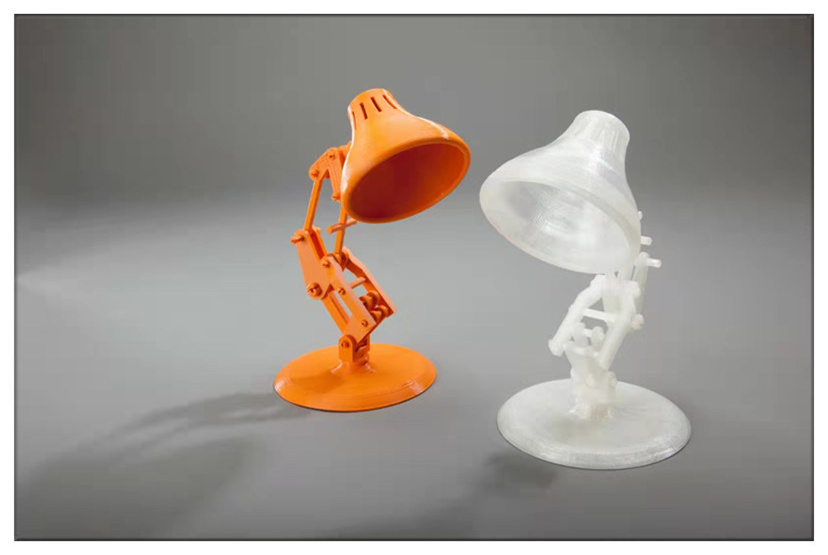 |
|
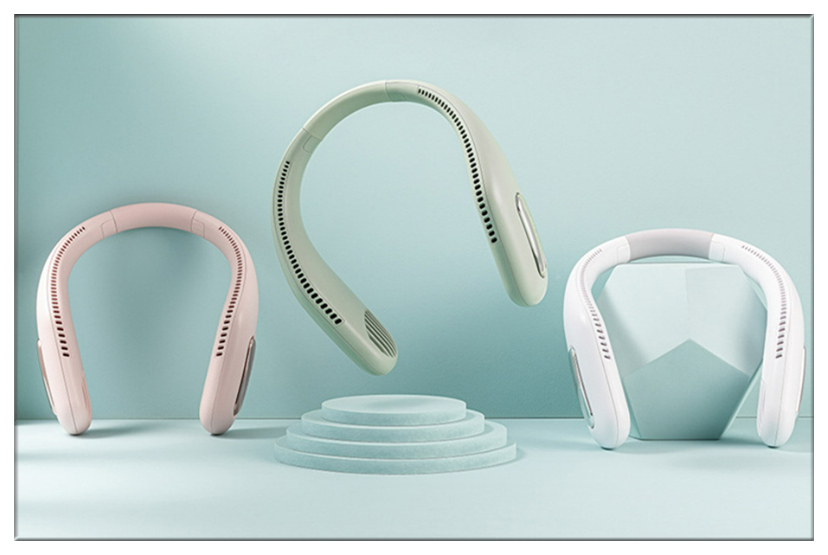 |
|
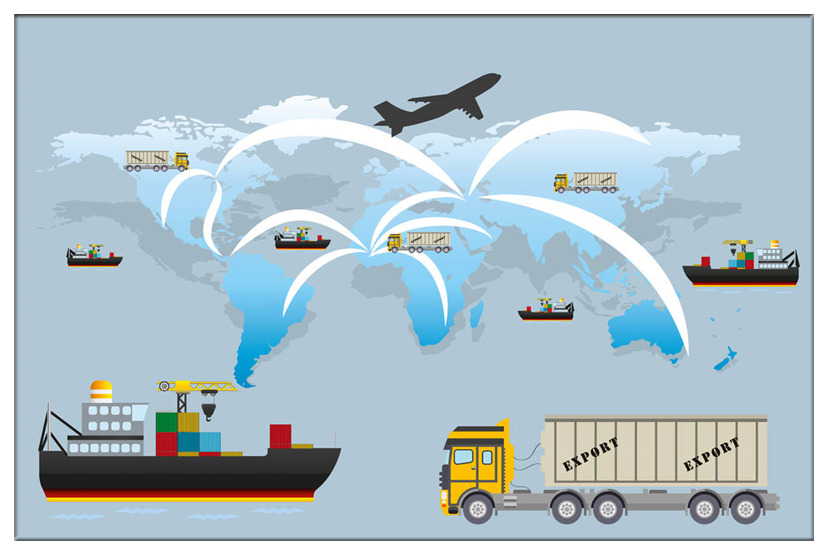 |
|
Rapid Prototyping
Before making a mass production plastic injection moulds, you may would like to manufacture a prototype to test your part design. Lyter Engineering’s partner rapid prototype shop is equipped with 3D-Printing, SLA, CNC machines, and Prototype molding, which allows fast turnaround of prototype parts for our customers to test the assembly and appearance.
|
|
Industrial and Mechanical Design
If it is just a rough idea or a preliminary sketch, we can support to get you a completed and moldable product design, and bring it to the market in your target timing. After the design approval, we can then assist to make the prototypes to test, with the injection molding machines and die casting machines in house, we can also meet for mass production requests for some parts. |
|
Global Shipment
We can offer door to door shipment service. It will be worry-free to work with us even if you don’t have much import experience. Our well trained and friendly employees can be really supportive. Good relationships with local forwarders, can handle air and sea freight smoothly and well tracked, world wide express like DHL, FedEx, UPS etc are also available. |
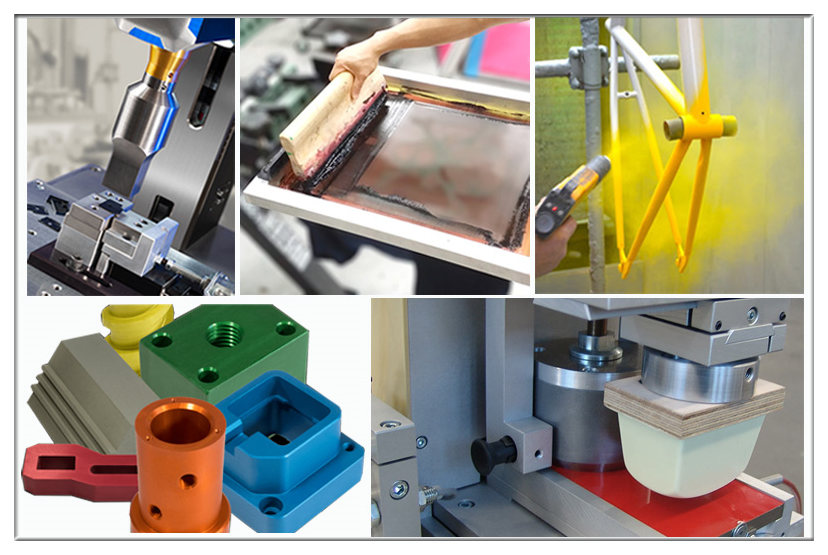 |
|
Secondary Processing We can also provide secondary process including silk printing, pad printing, painting and electroplating etc. Secondary Processing Categories include Silk Printing, Pad printing, Heat transfer printing, Water transfer printing, Painting, Powder coating, Ultrasonic welding, Laser Etching, Anodizing, Electroplating. Silk Printing Silk printing is silk fabric synthetic, fiber fabric or metal mesh wireframe on the net frame using manual engraving plate-film or optical plate making method to produce a silk printing plate. Modern silk printing technology is using photosensitive materials to make silk printing plates by photographic plate (making silk printing screen holes instead of graphics parts screen holes blocked).Printing through scraper extrusion makes ink transfer to the substrate through the mesh hole of the text section forming text similar to the original document. Silk printing equipment simple operation convenient printing plate easy to plate low-cost adaptability strong. |
Silk printing applications are widely used in printed materials: color oil paintings posters, business cards, binding covers, commodity labels, printing textiles, etc.
Screen printing is not restricted by substrate size and shape, and it can use in different shapes and concave surfaces. A soft and flexible layout is one of the lowest printing pressure printing. Screen printing mode ink thick and strong adhesion. Only ink and paint can be used through a mesh diameter of mesh. It can print monochrome, also can color printing, and add screen color printing. It has strong light resistance, convenient plate making, low price, flexible printing style, diversified technology easy to grasp.
Electroplated metal or other insoluble materials reduces the negative electrode of the positive electrode for the electroplated metal cation to form a coating on the workpiece surface. To eliminate interference from other cations and guarantee the plating uniform and firm, an electroplating solution should be applied for containing plating metal cations and keeping the same concentration of metal cations. Making the coating surface of the product consist of only the required coating metal to ensure the part quality.
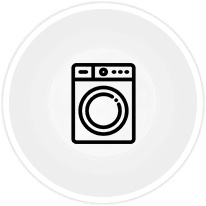
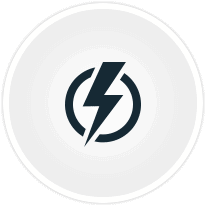



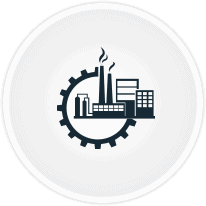

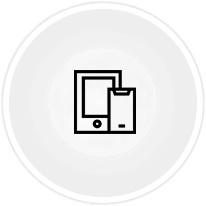
Lots of software are suitable for mold design, such as UG, Pro/Engineer, AutoCAD, Cimatron, PowerMill Hypermill, Solidworks, WORKNC, Solid Edge, CATIA, etc.
For simple molds, CAD software is fast and easy to use; for molds with a messy structure and more curved surfaces, Pro-E, UG, Mastercam, Solidworks are good choices. Pro-E or UG is commonly used in drawings and production. Each software has its own characteristics. The important factor for choose is which one the mold designer is better at or prefers to use.
At Lyter Engineering, for 3D software we used UG and for 2D software we use AutoCAD. We can provide full 3d tool design for customer review.
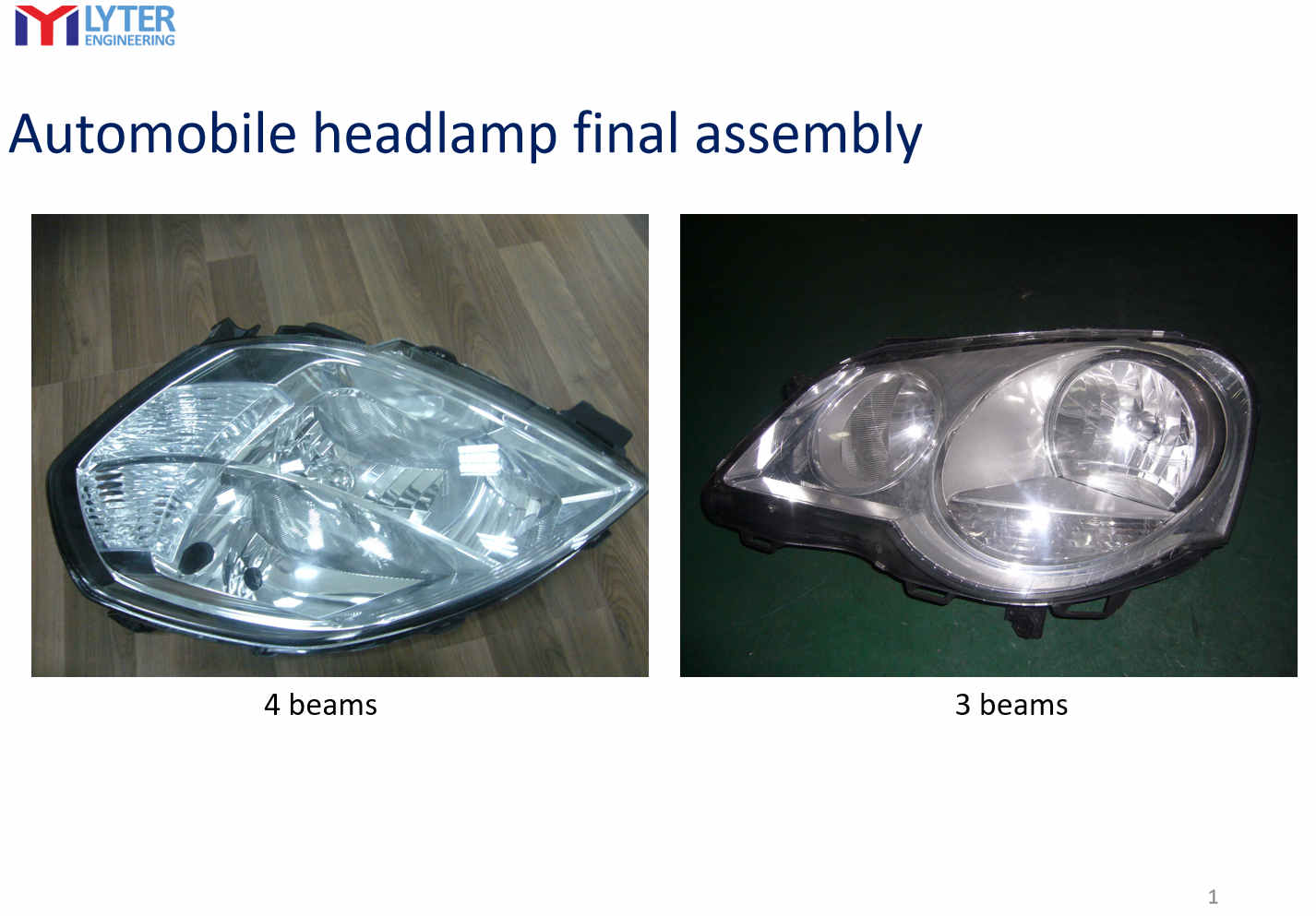
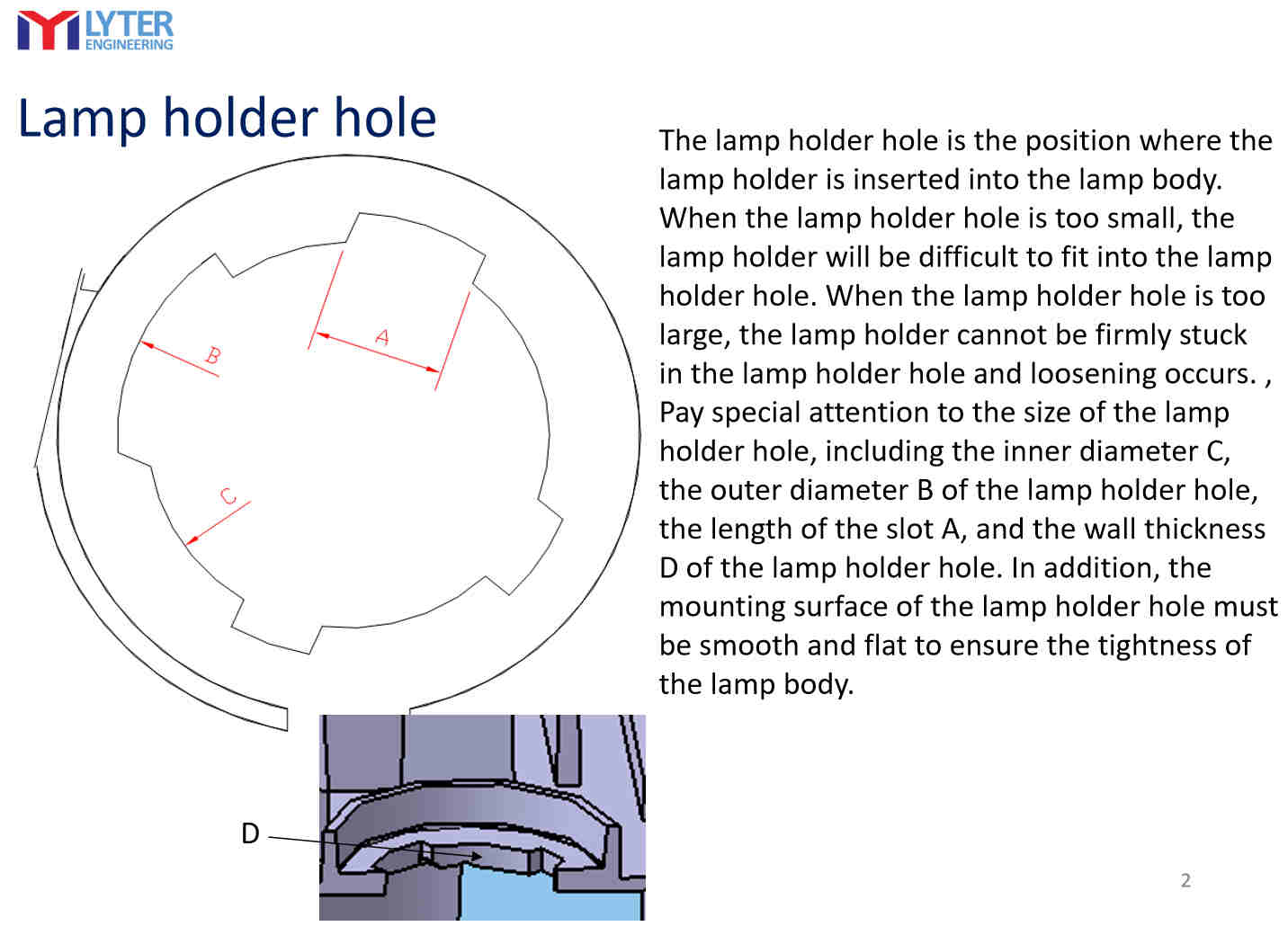
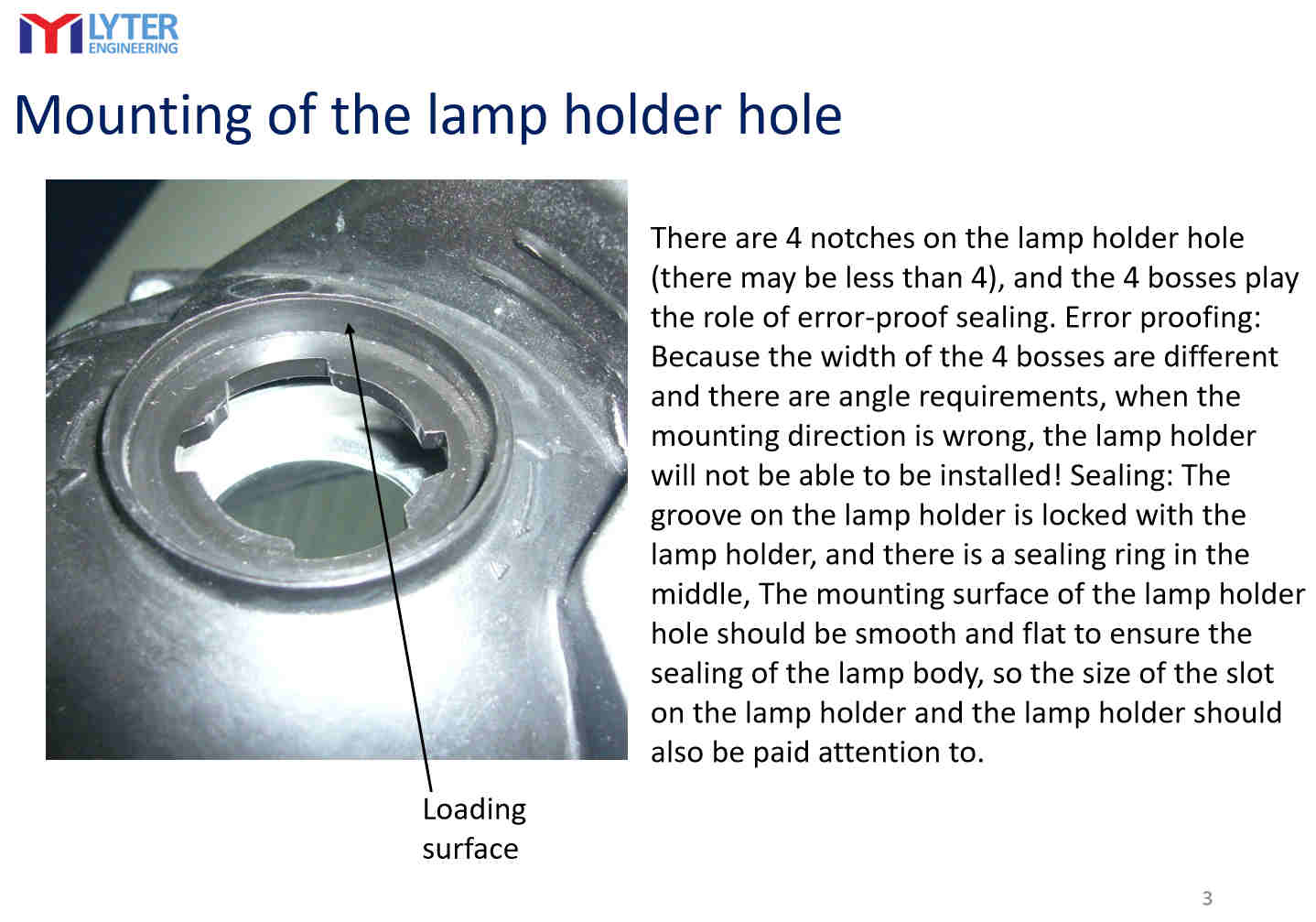
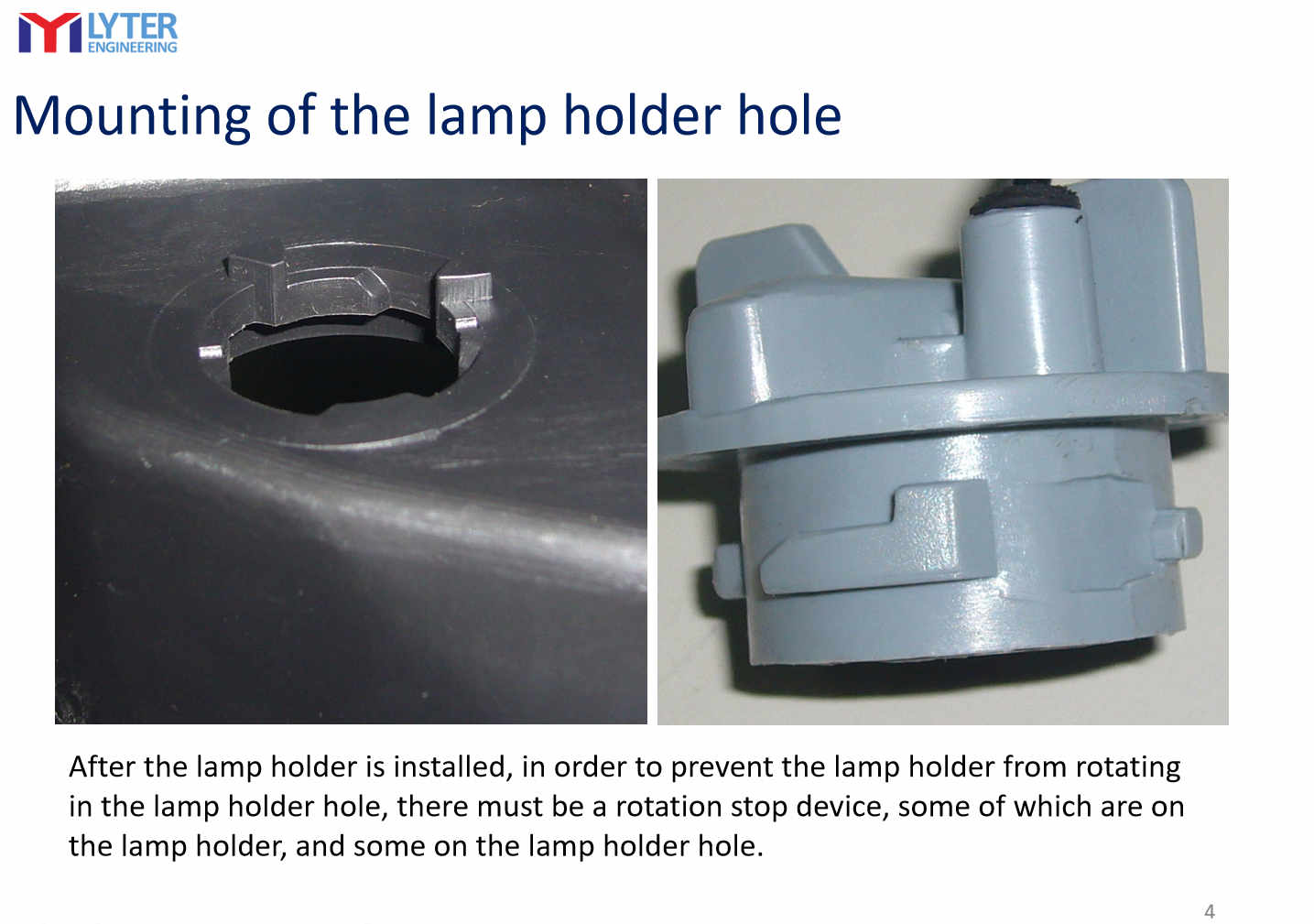
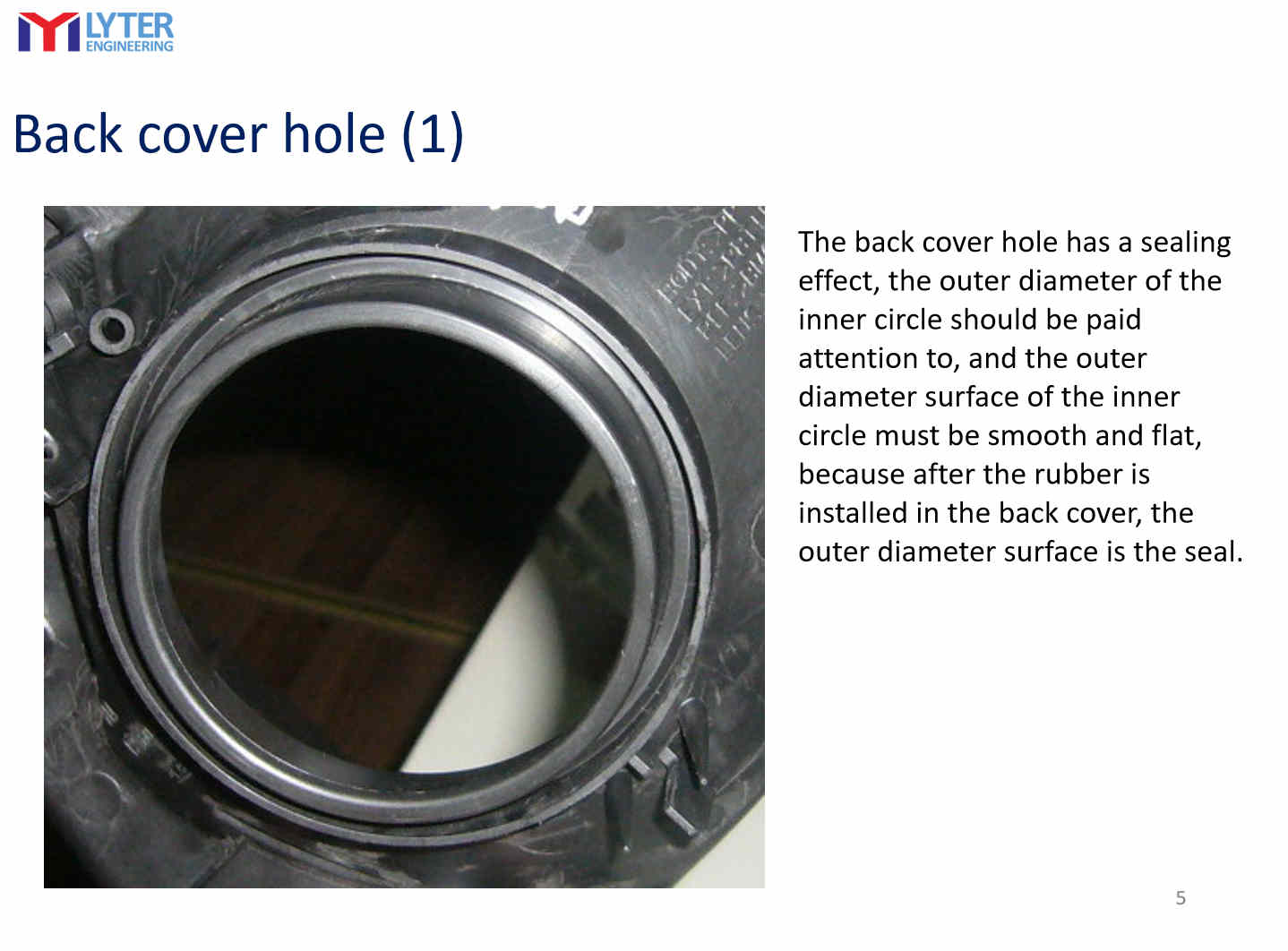
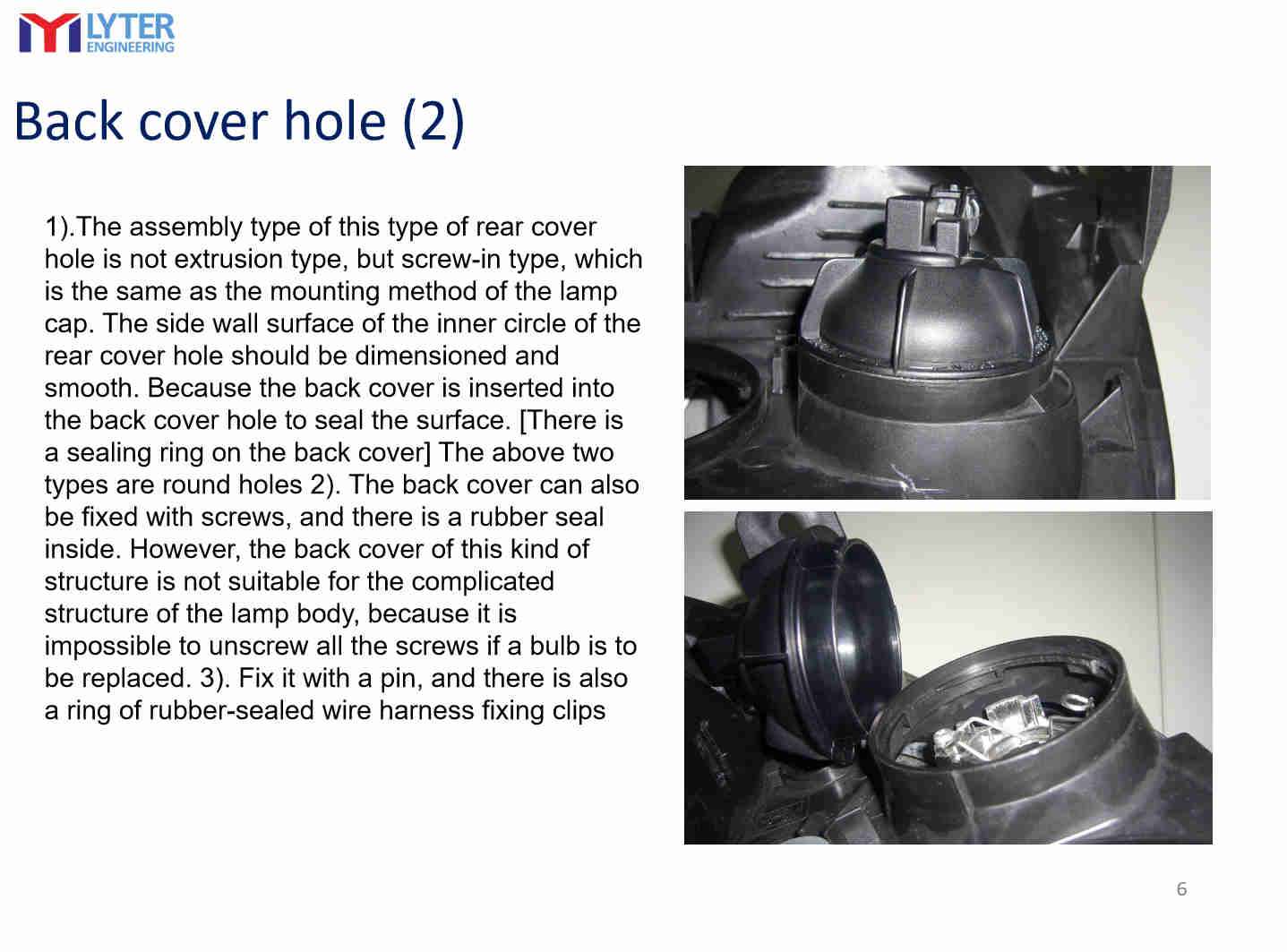
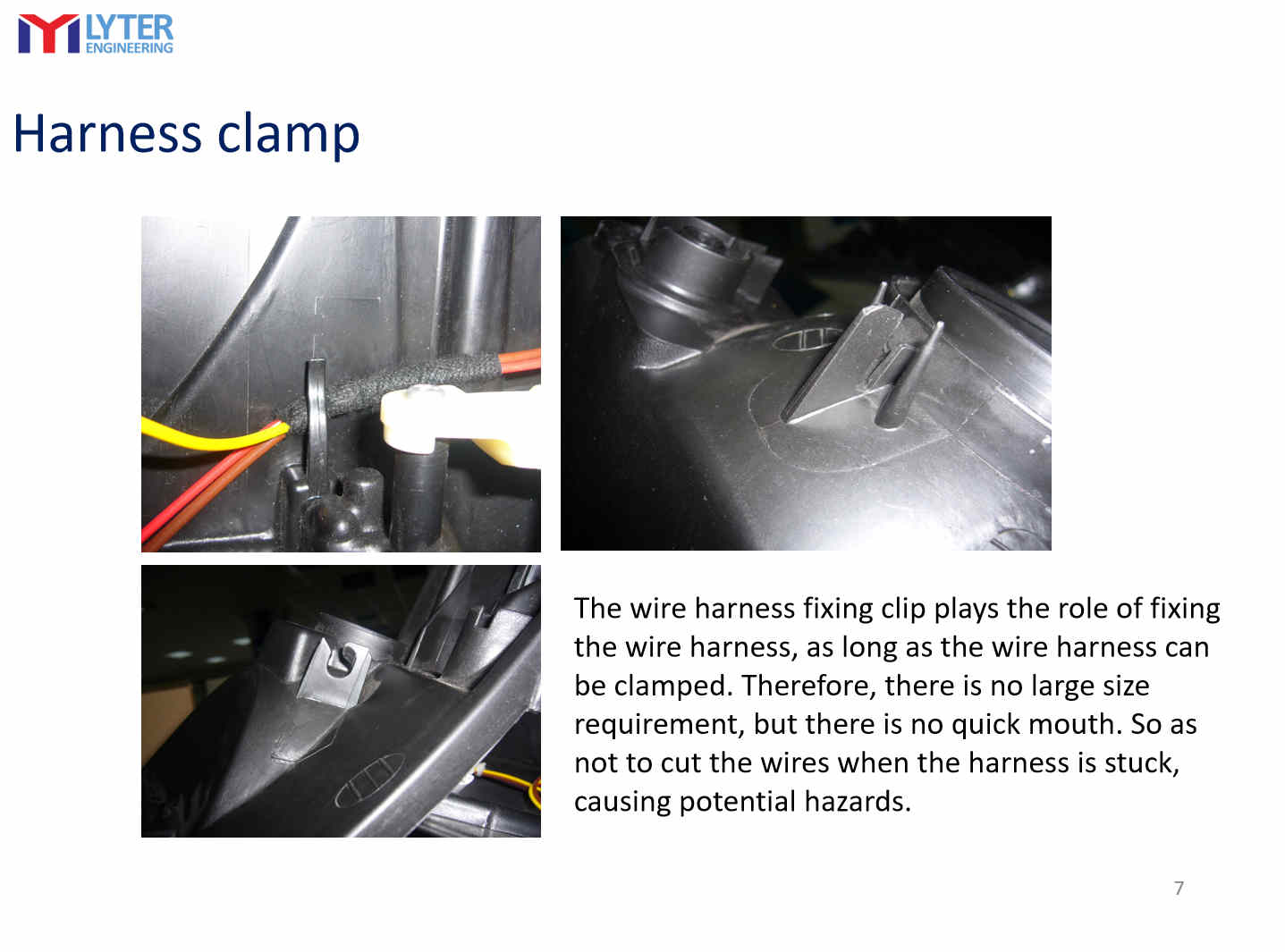
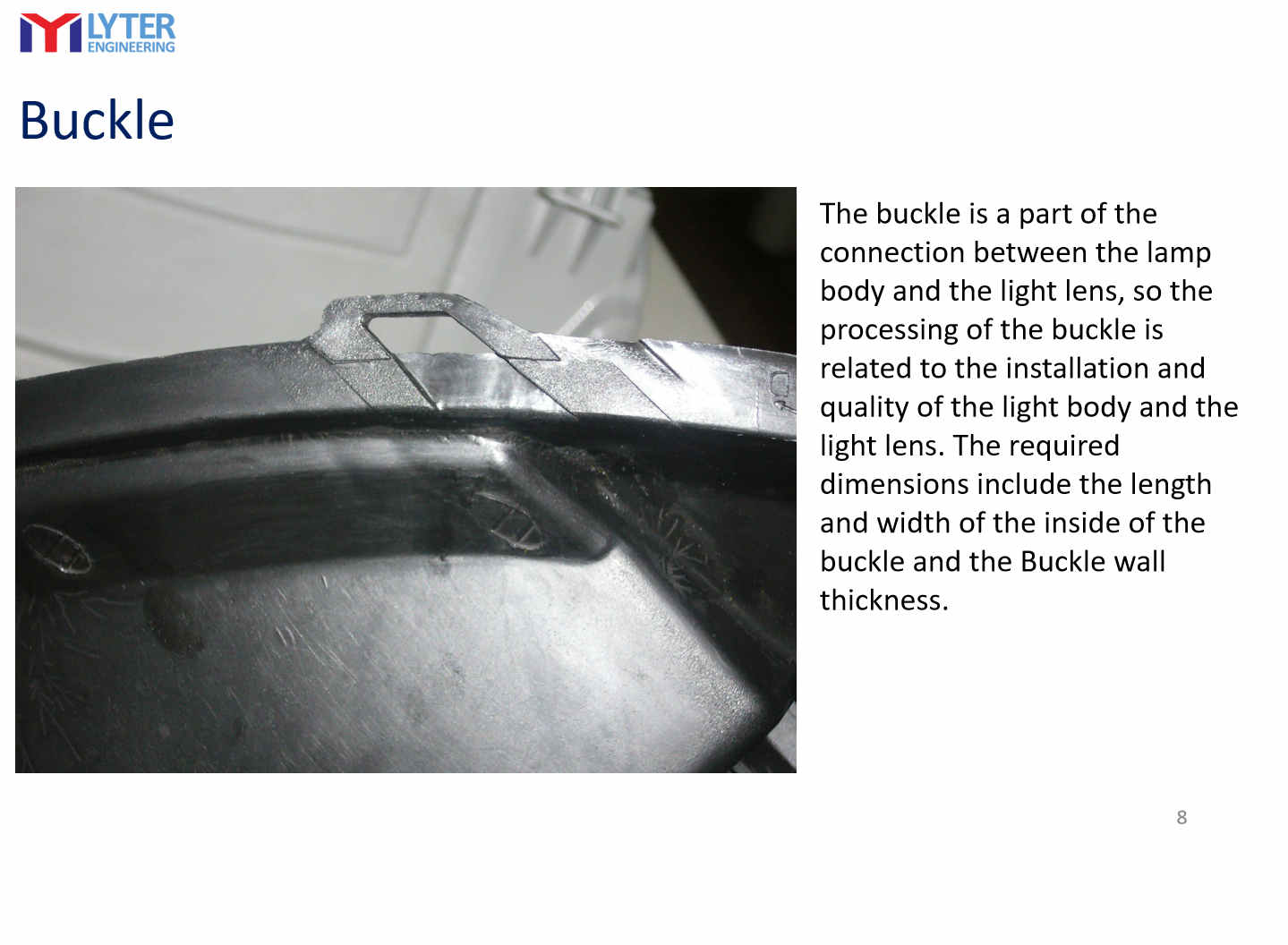
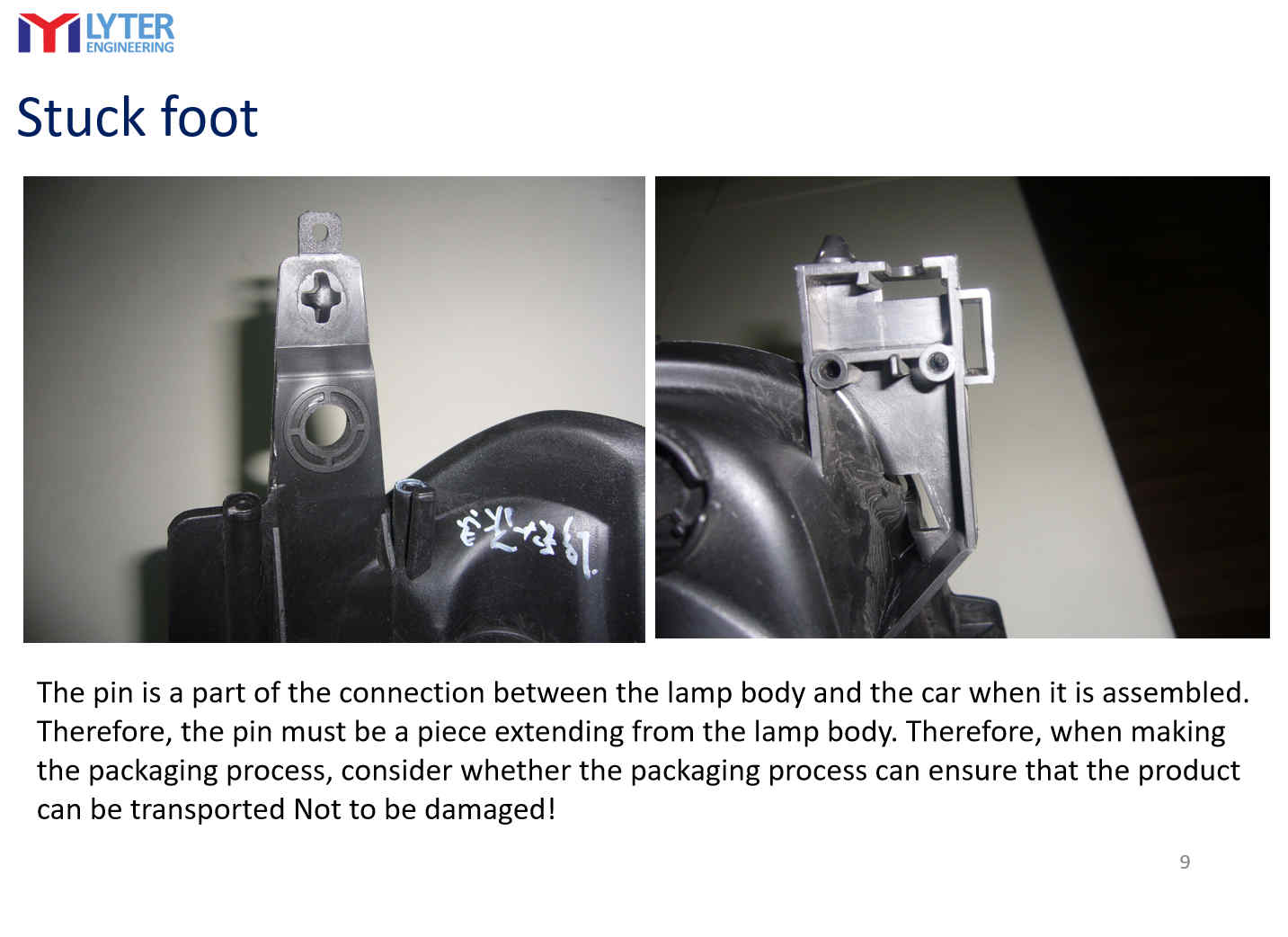
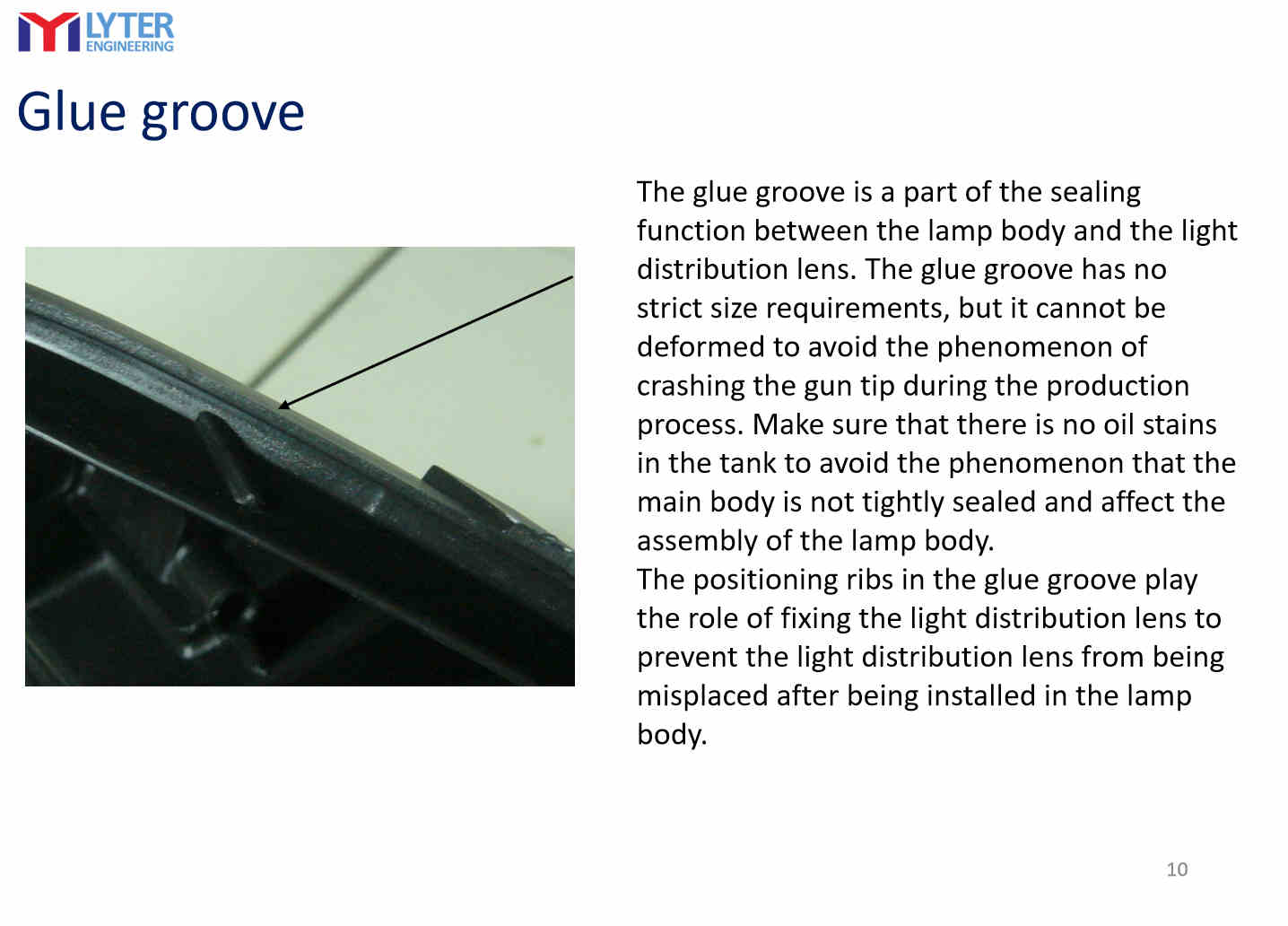
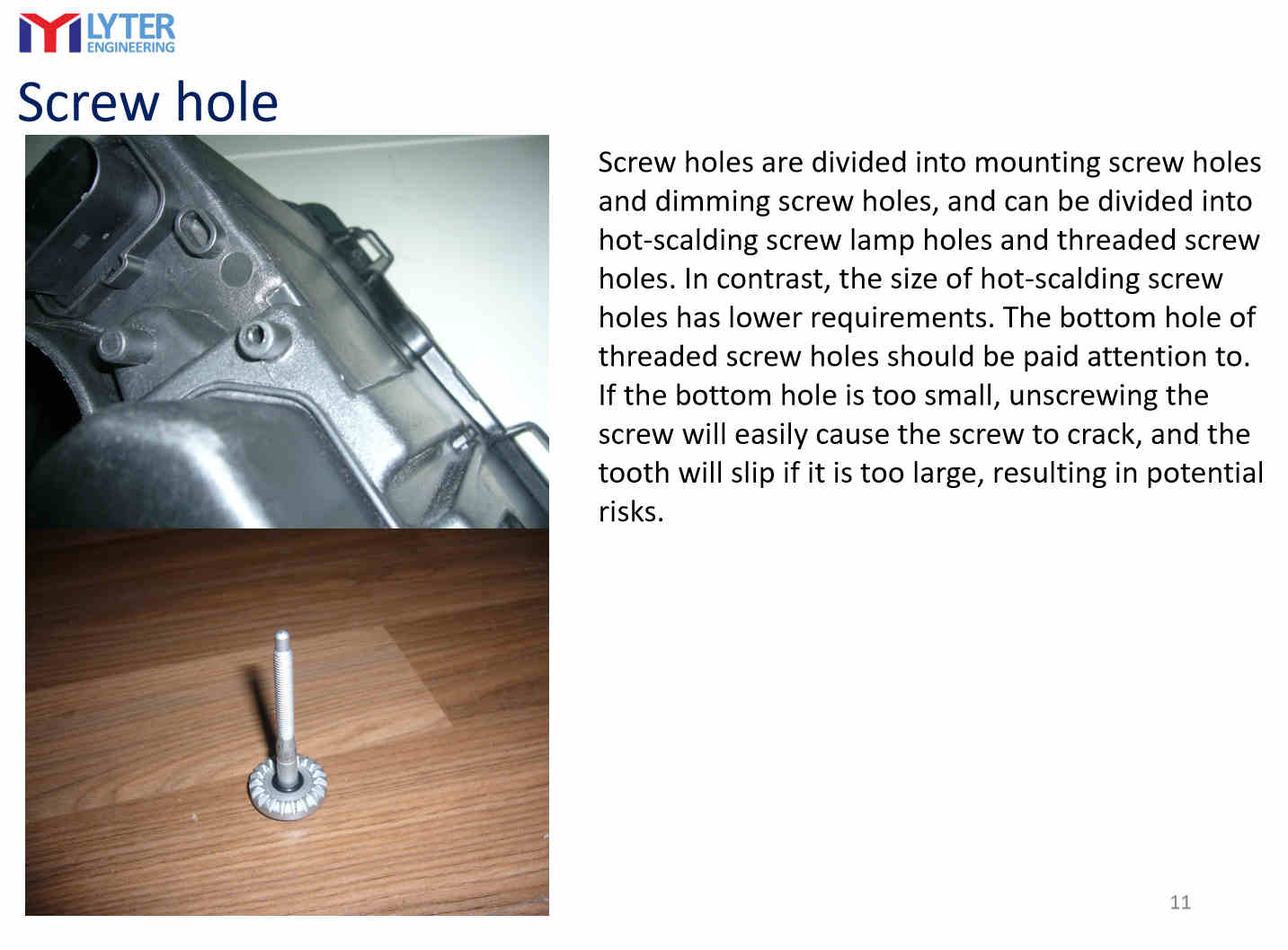
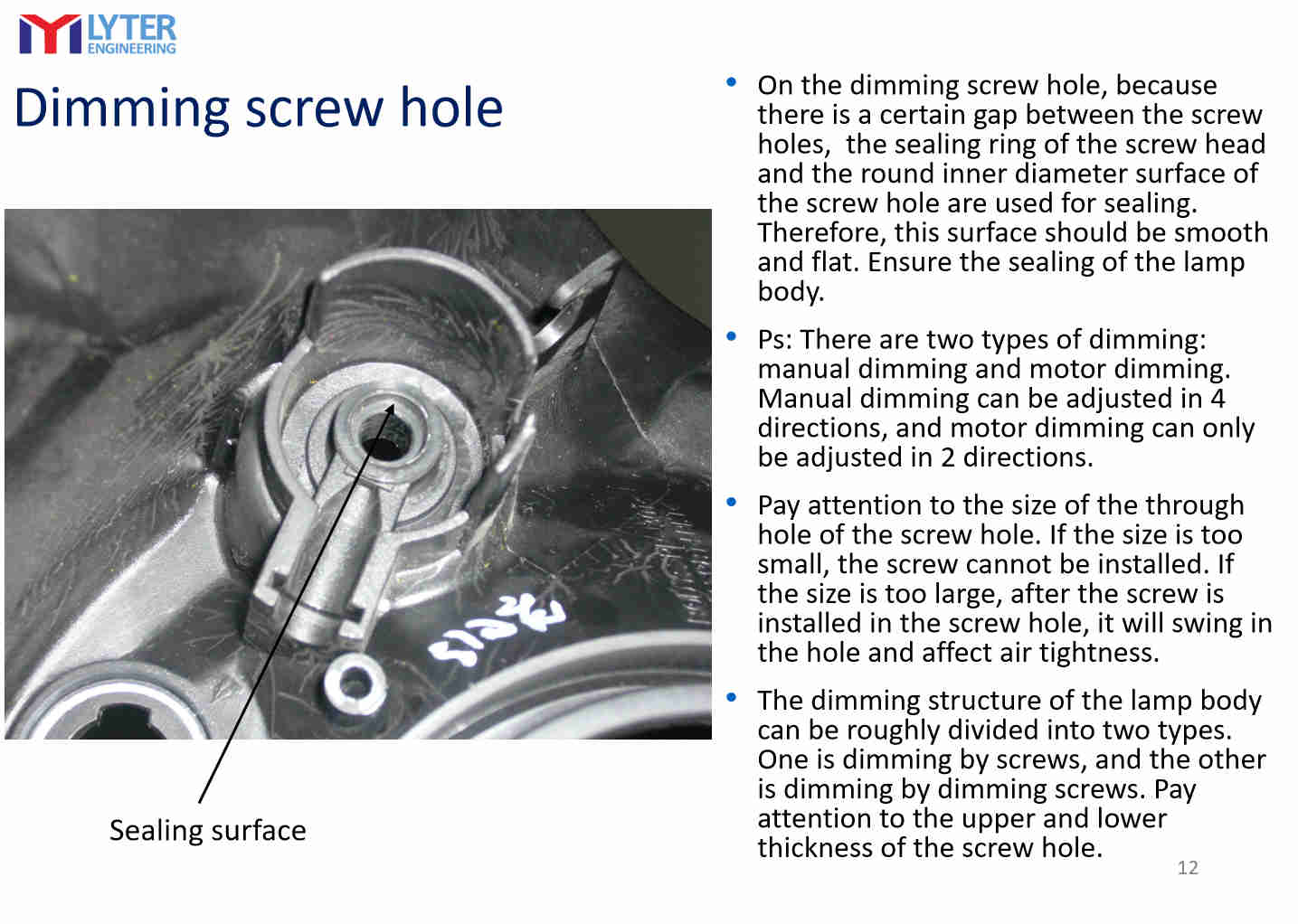
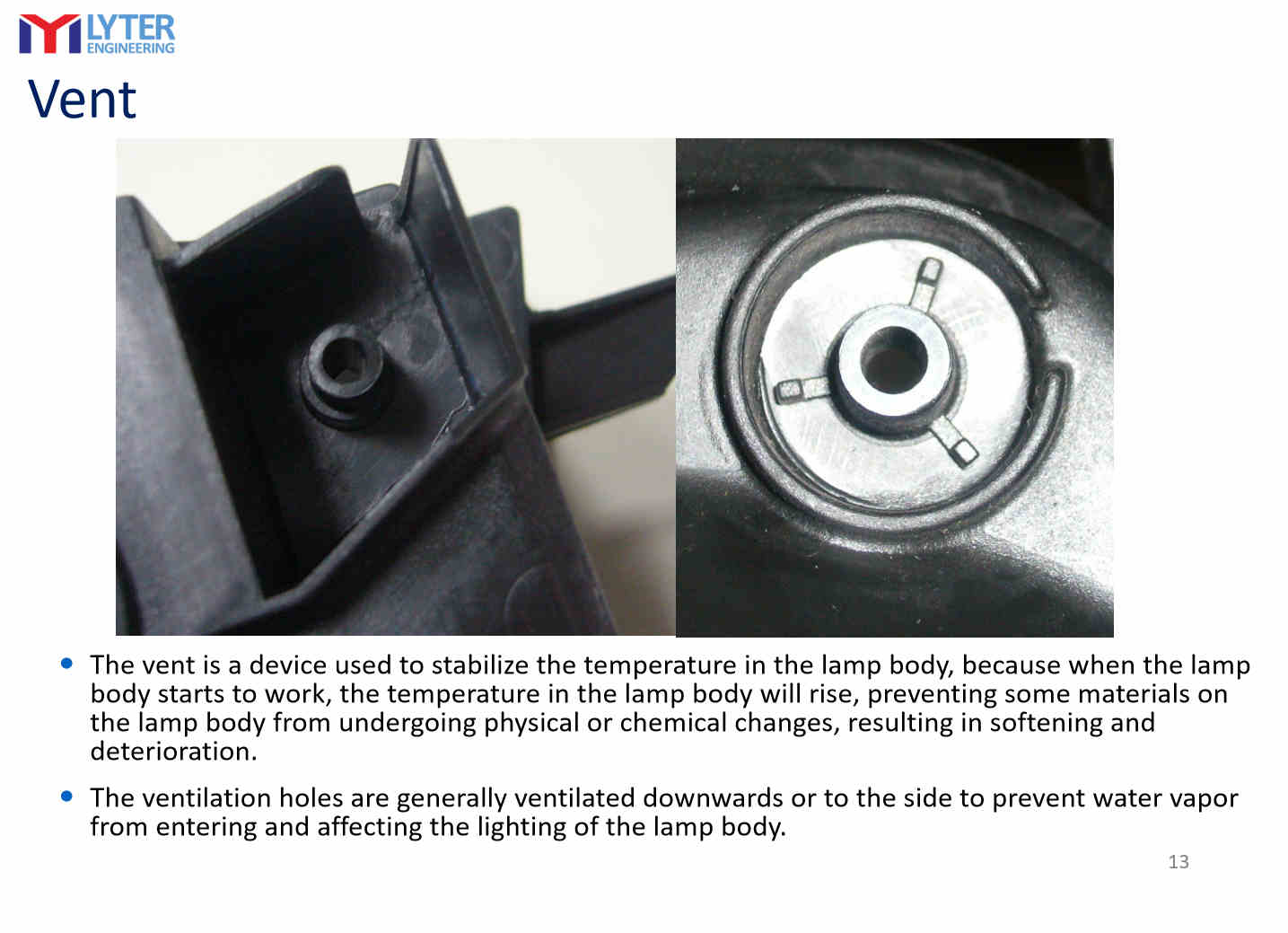
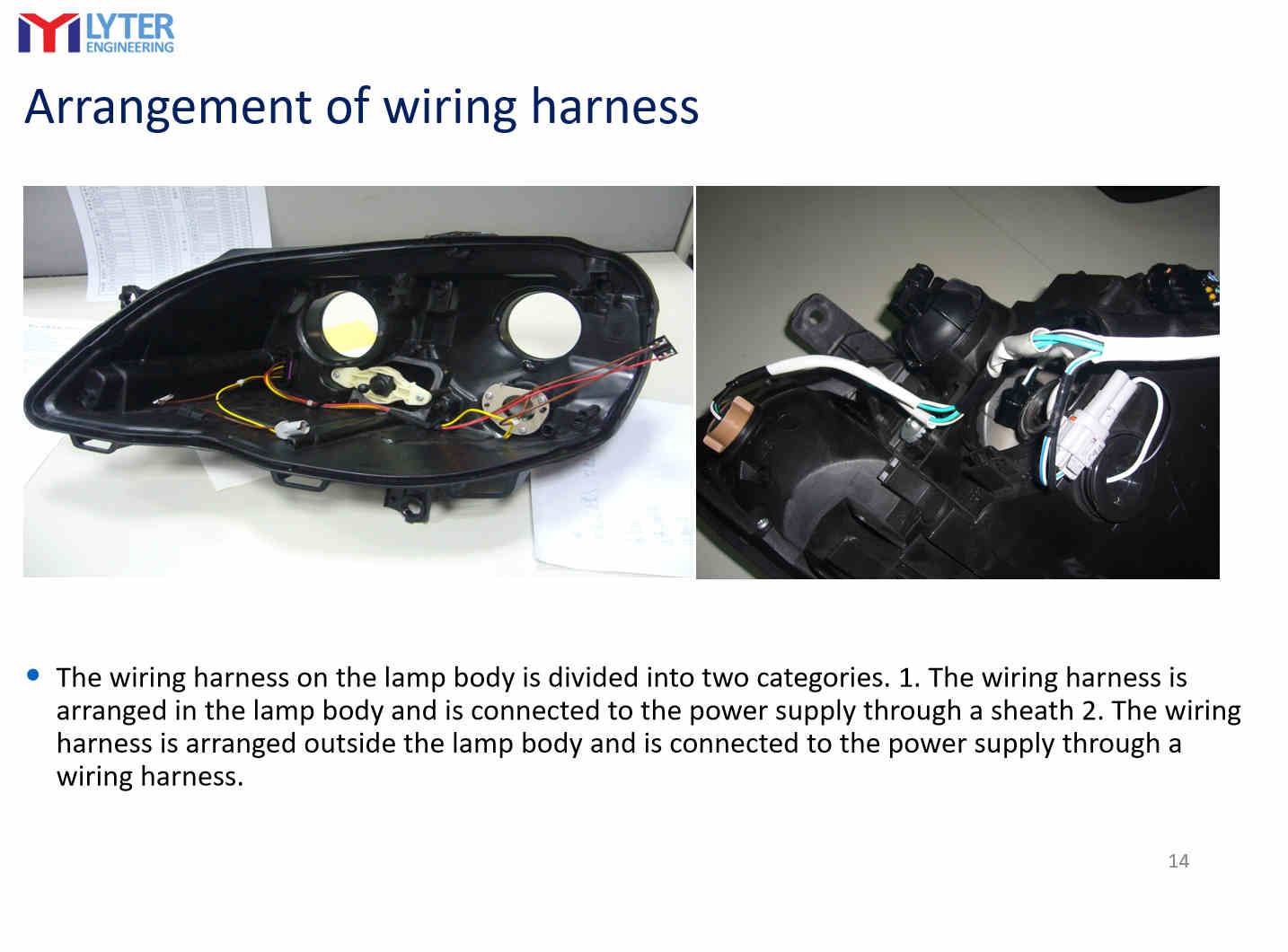
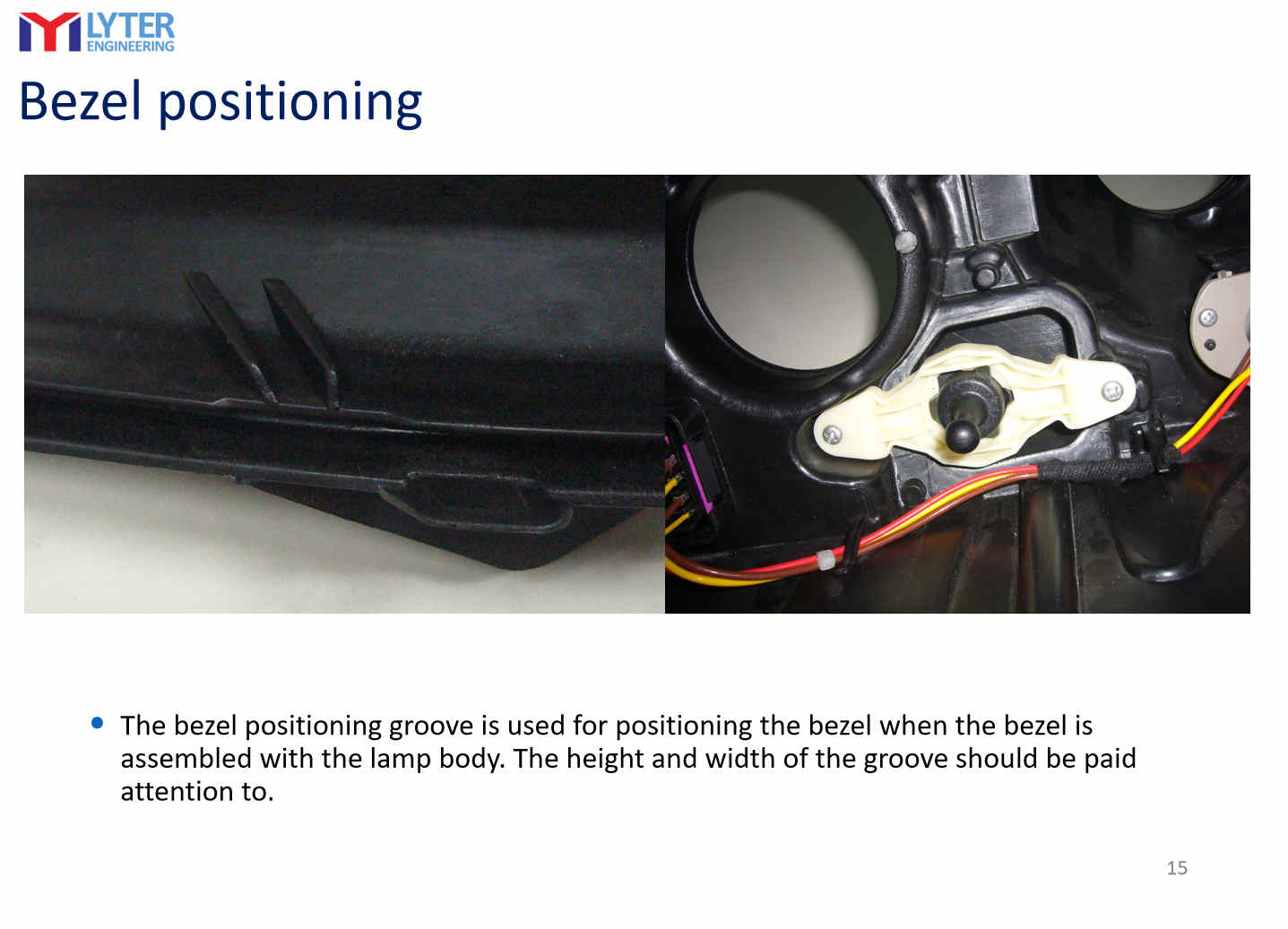
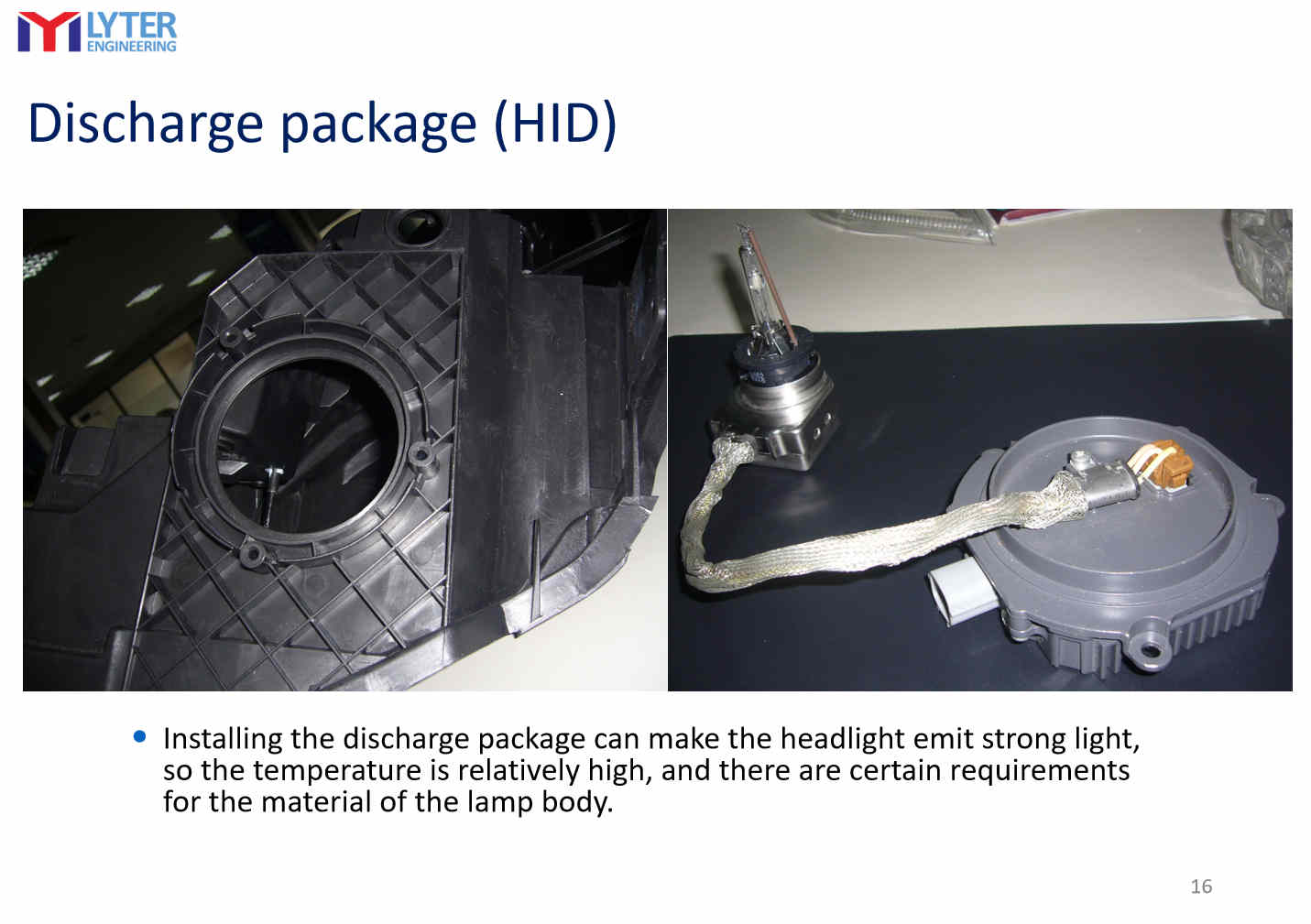
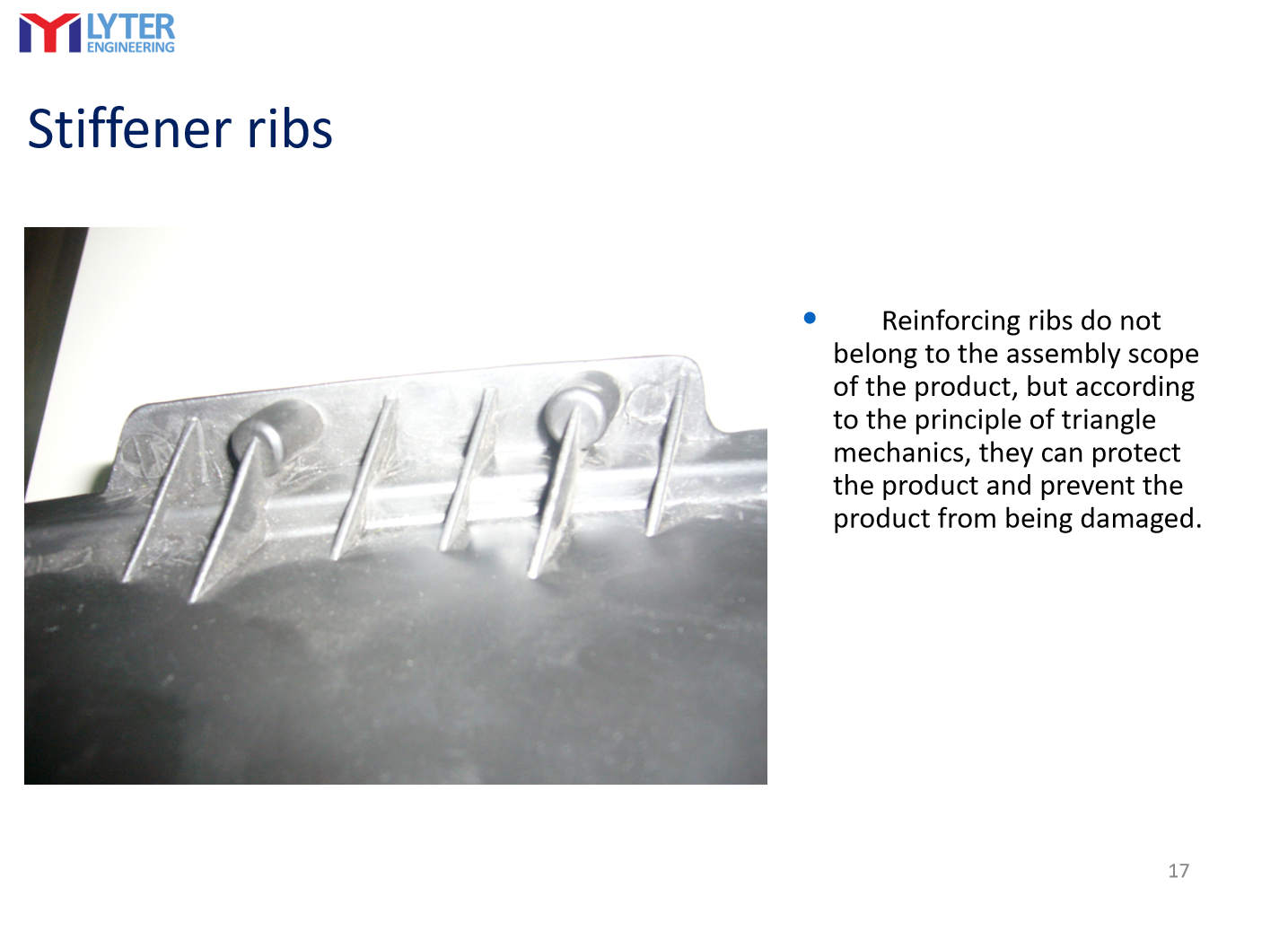
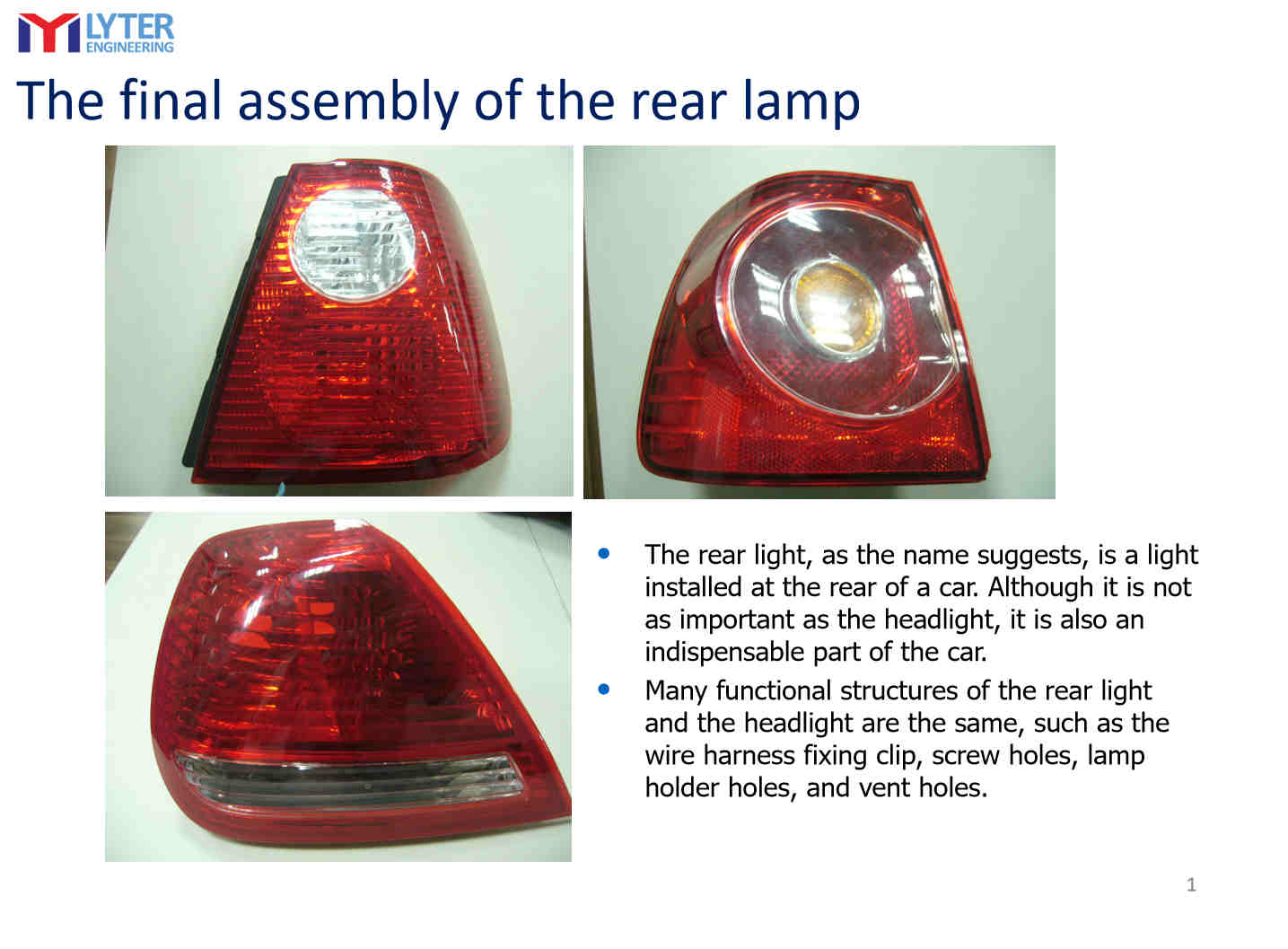
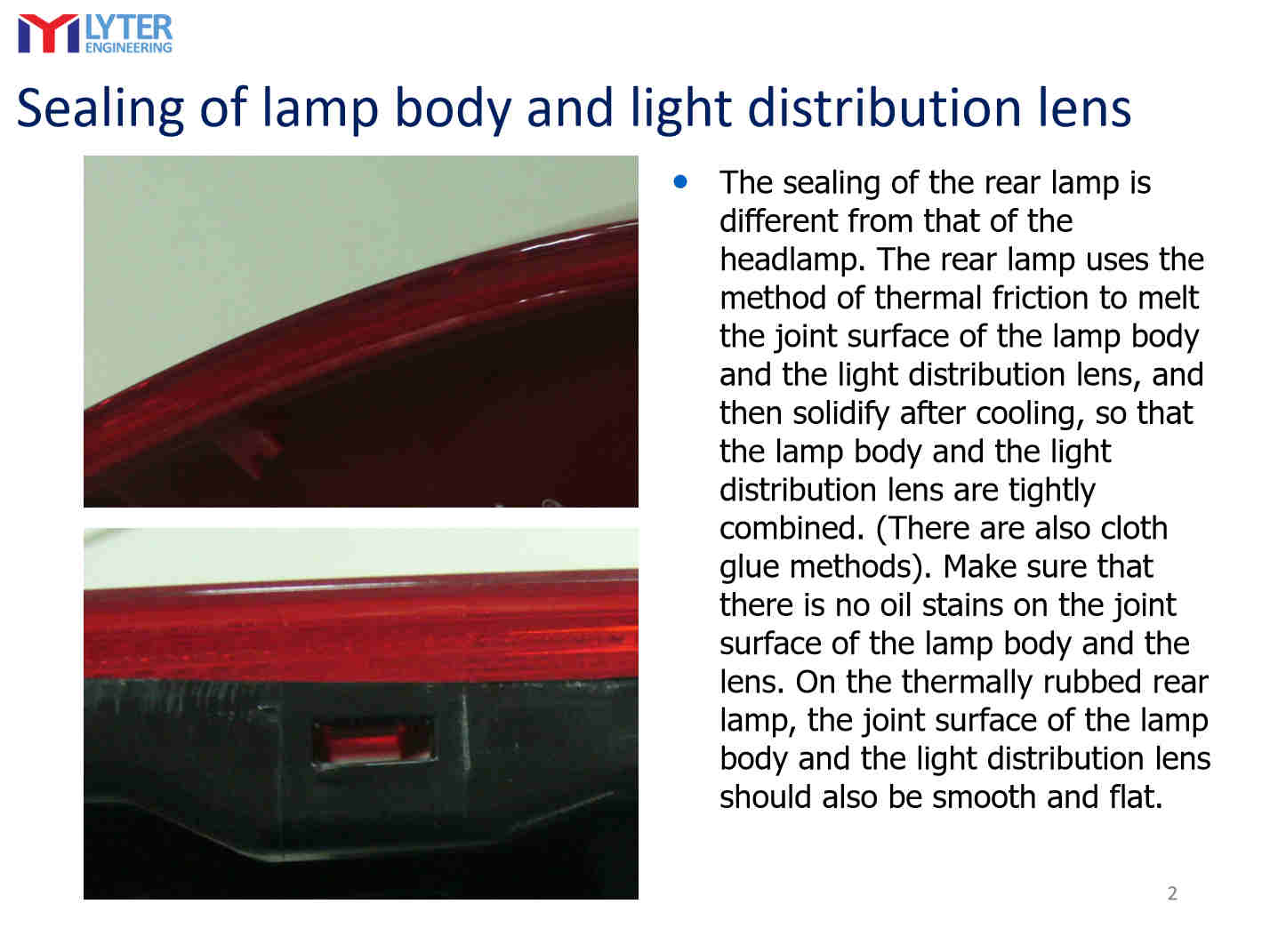
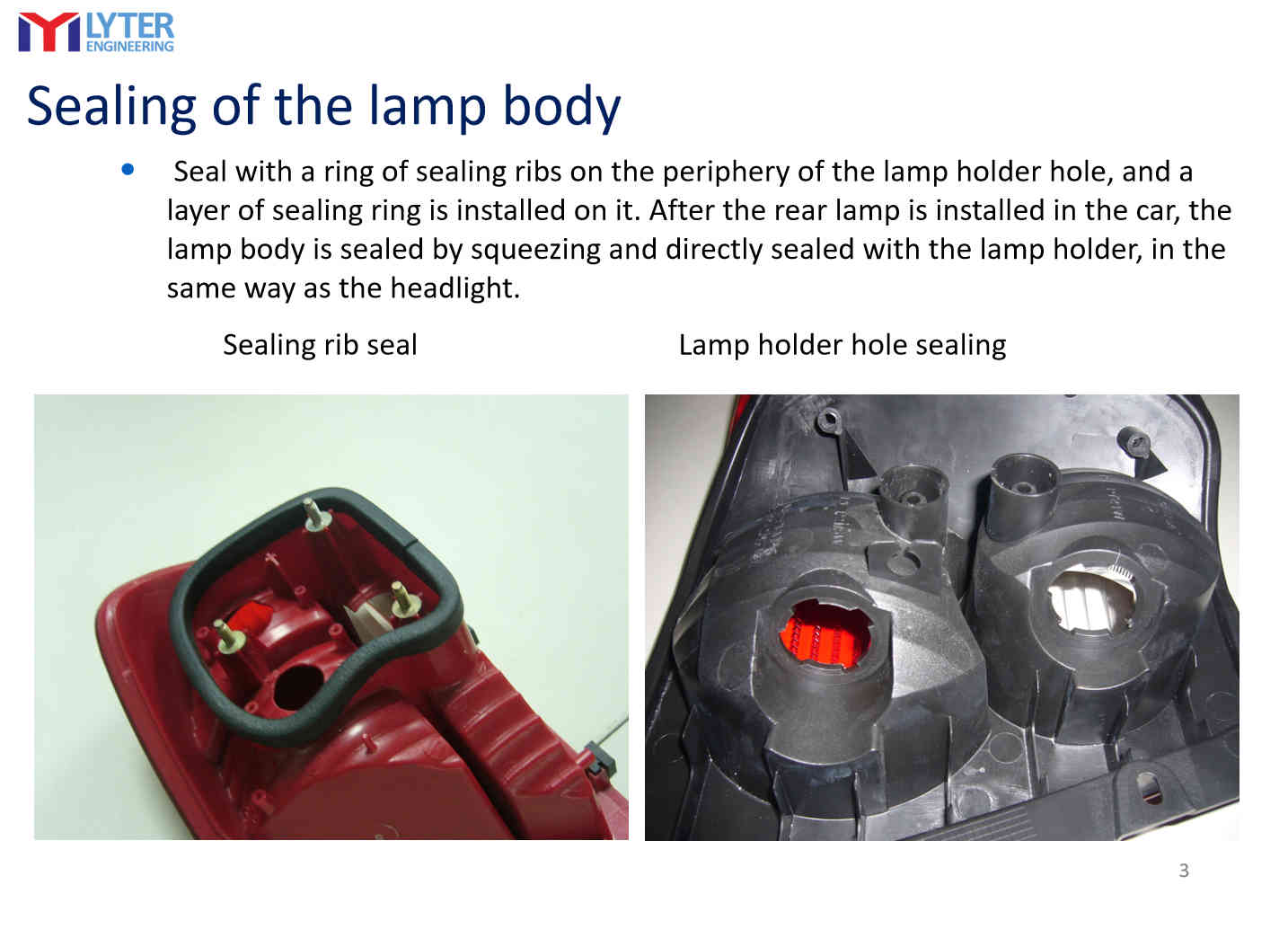
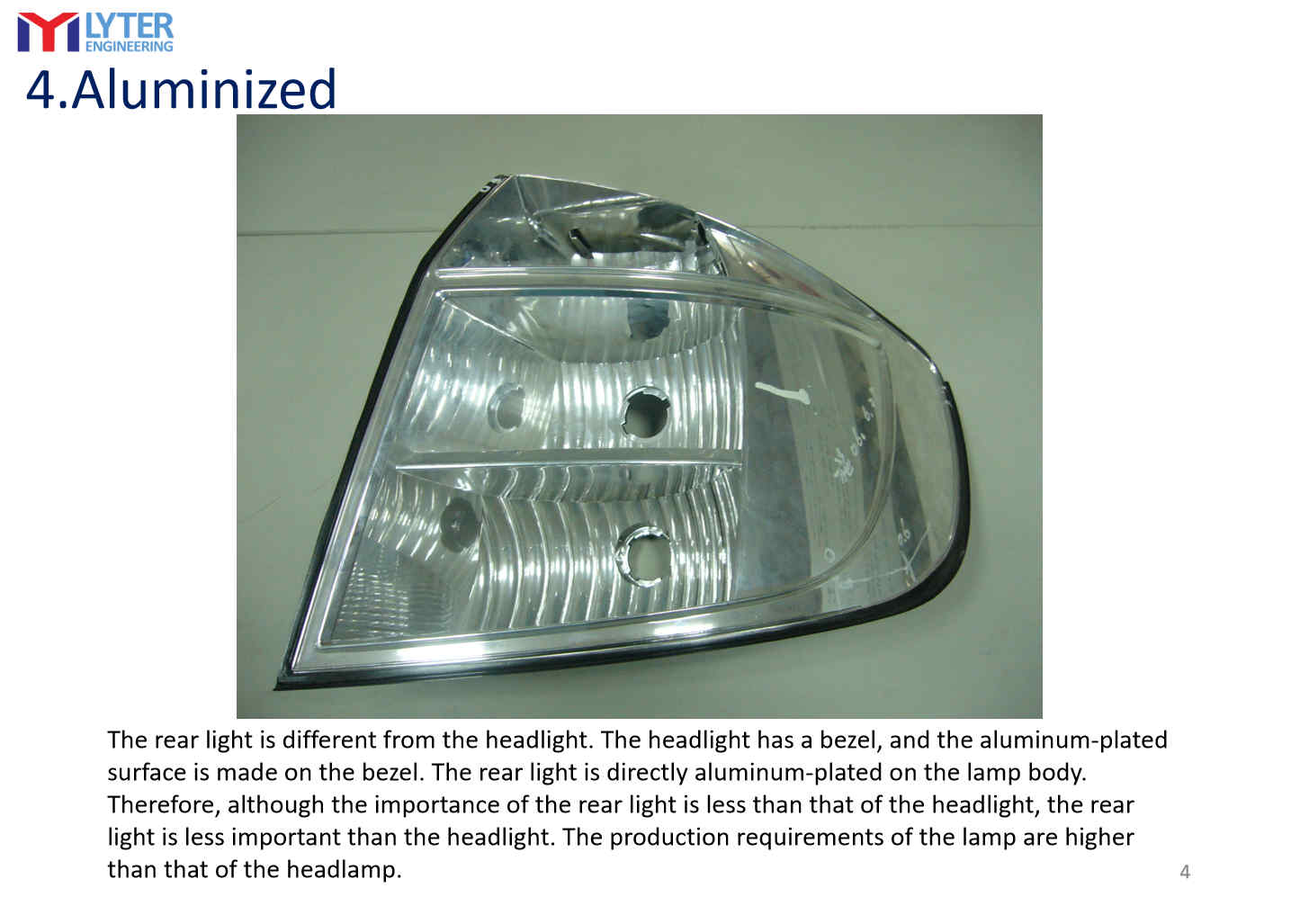
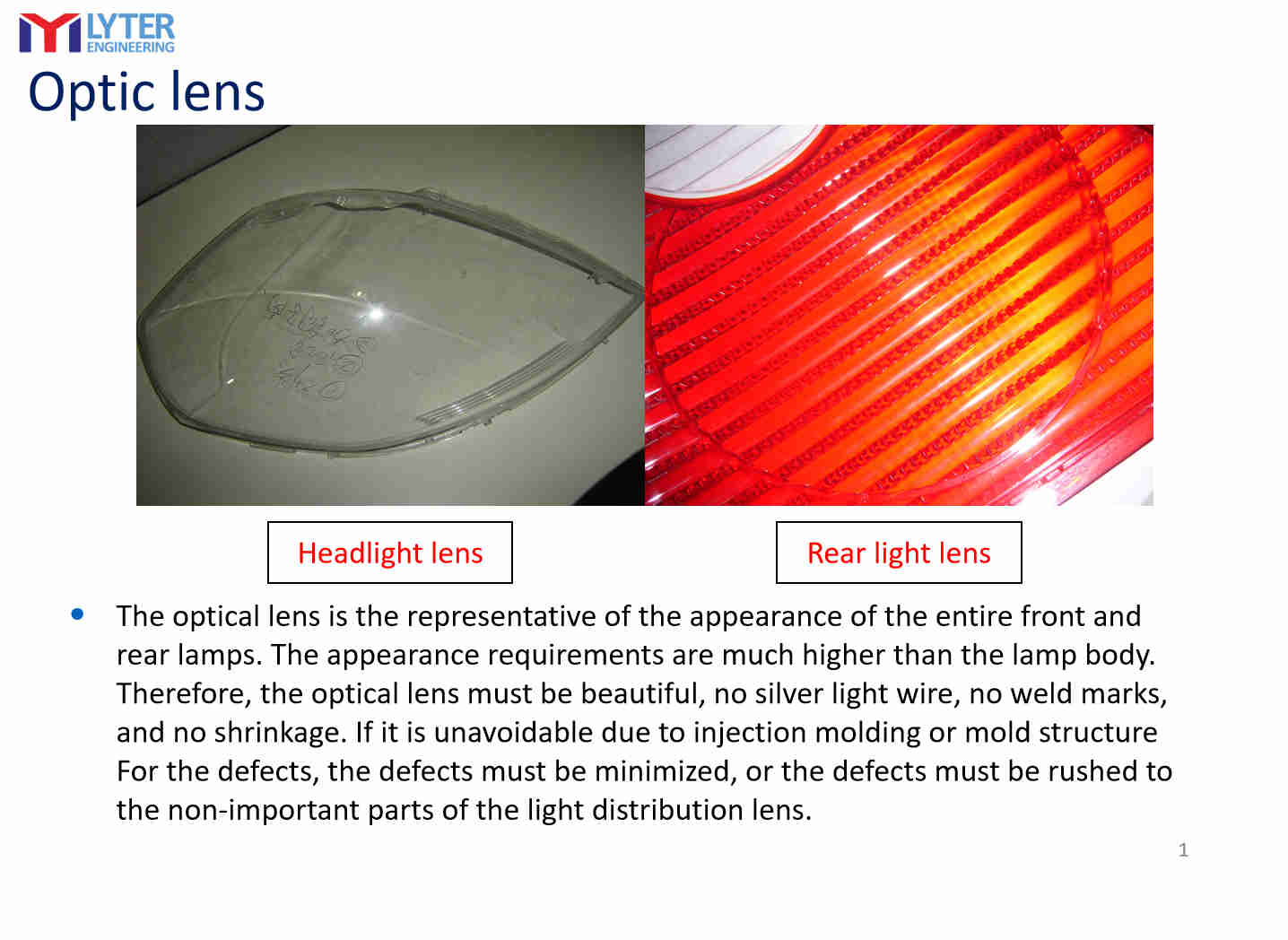
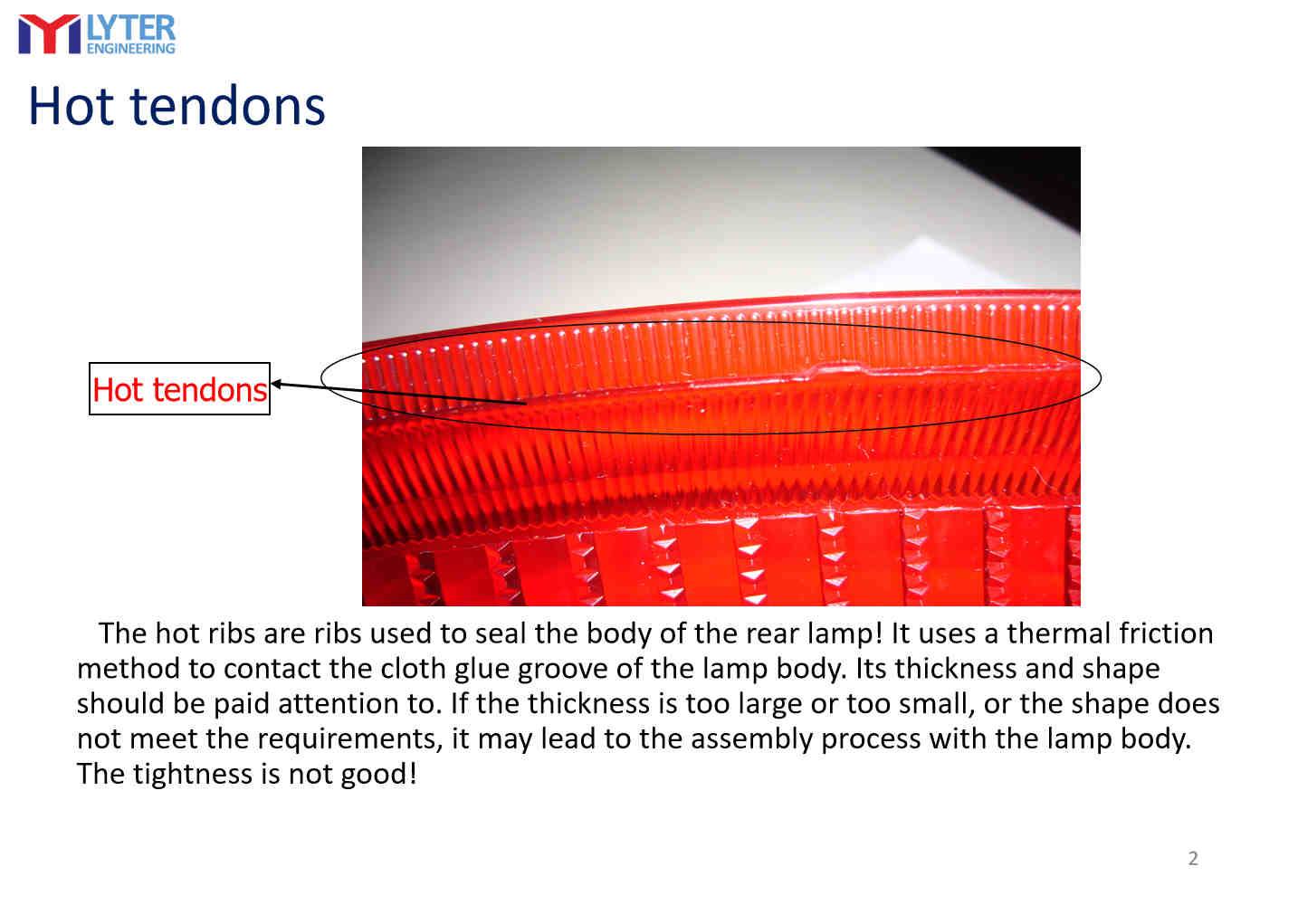
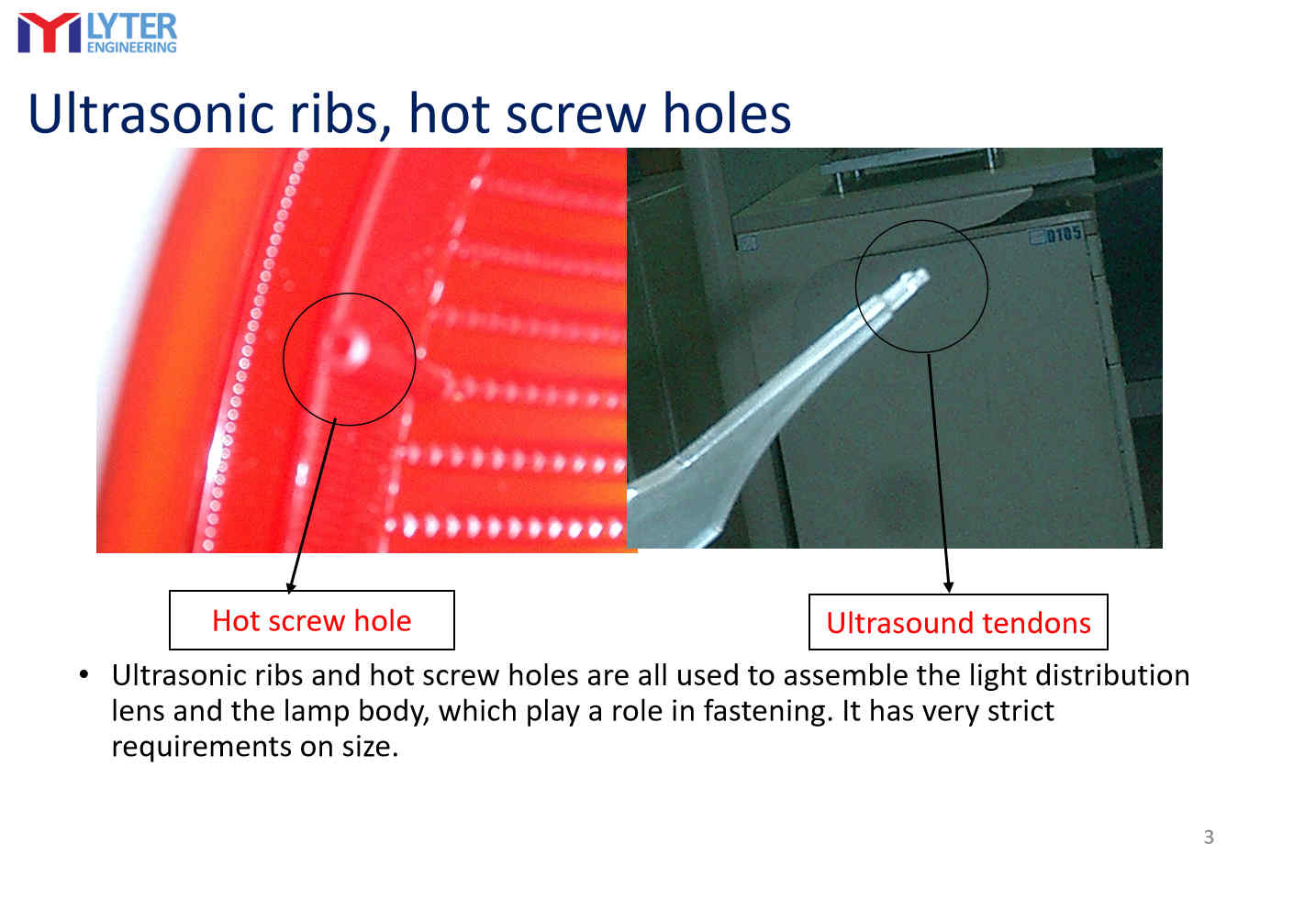
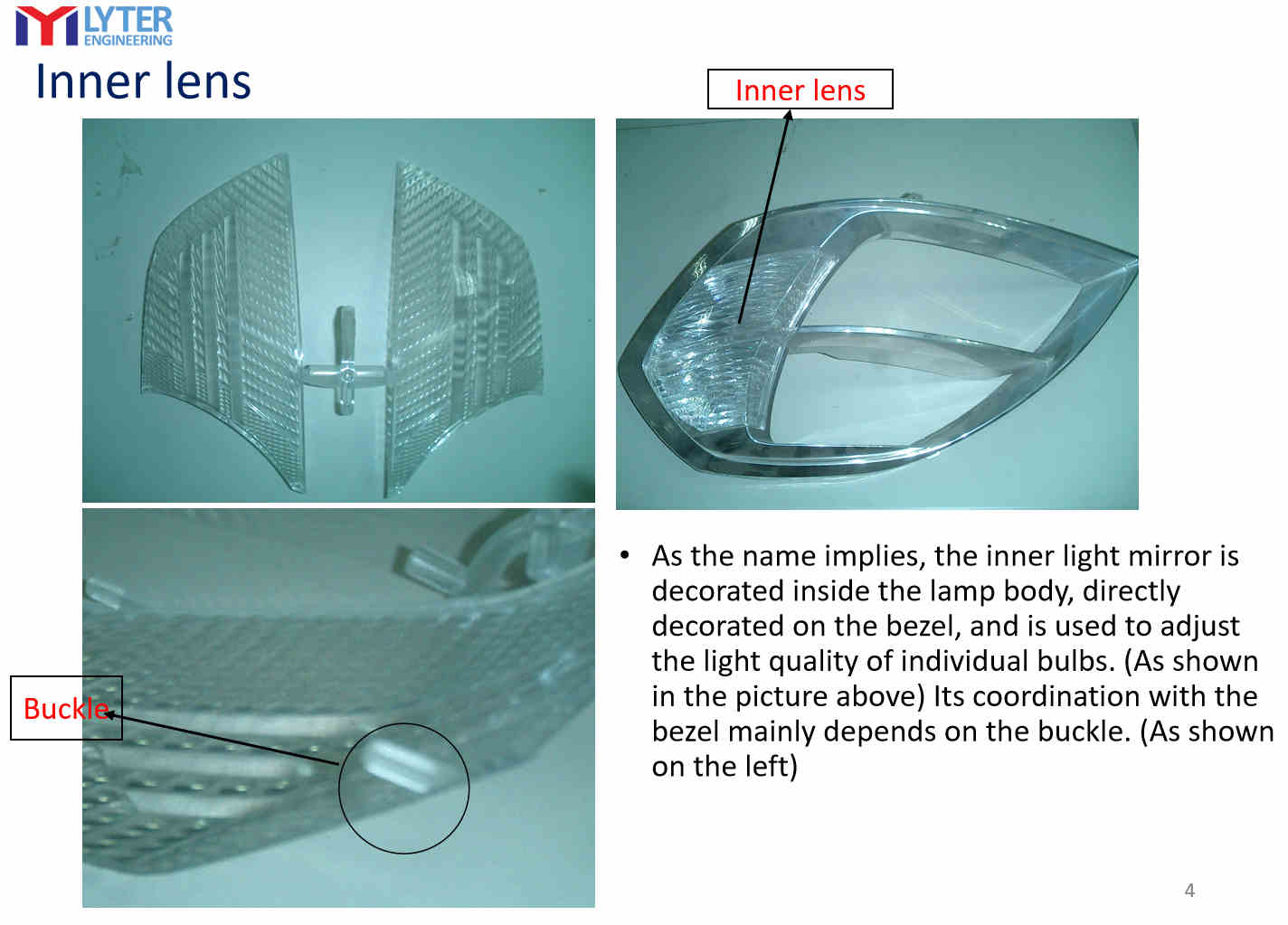
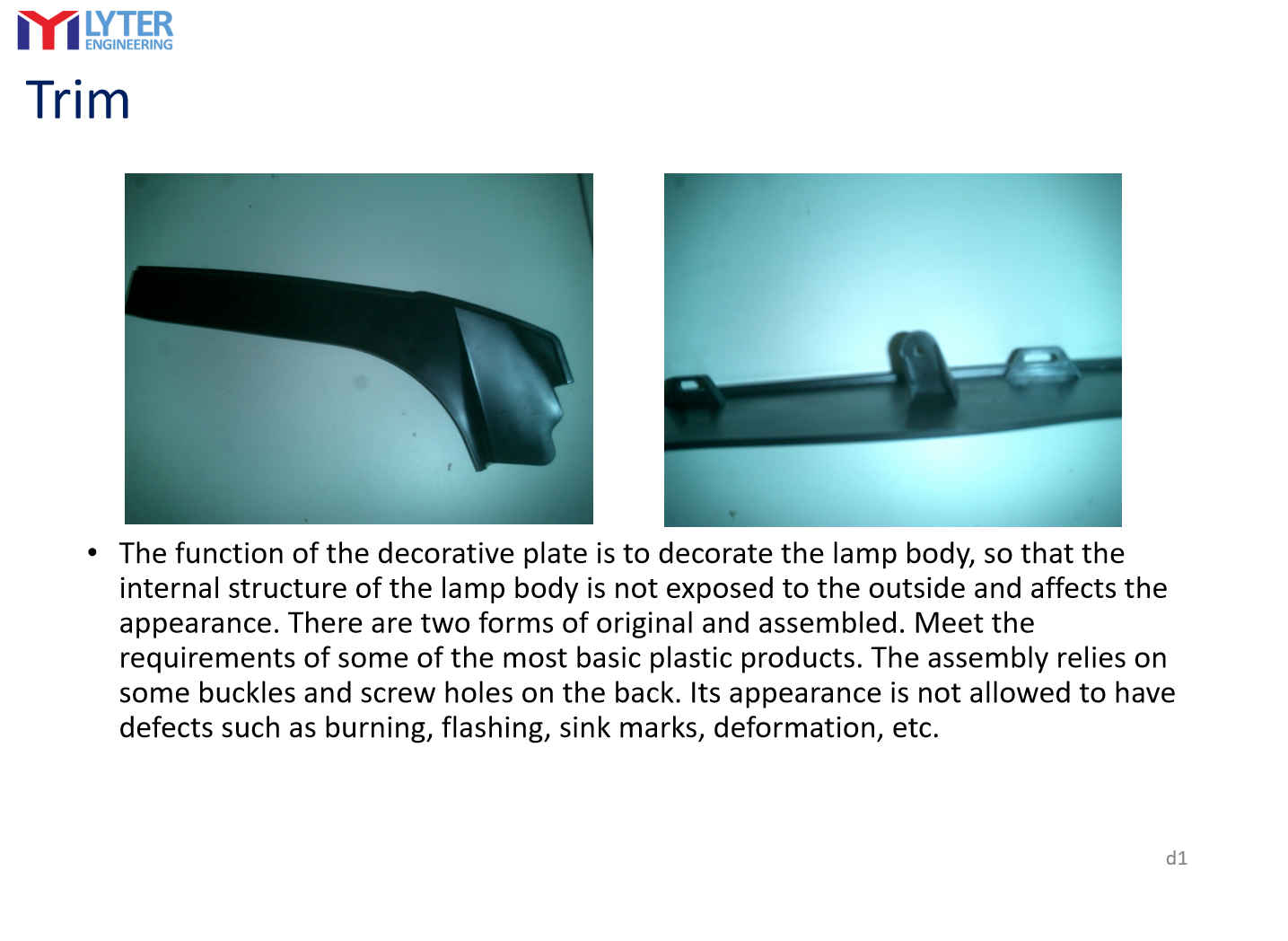
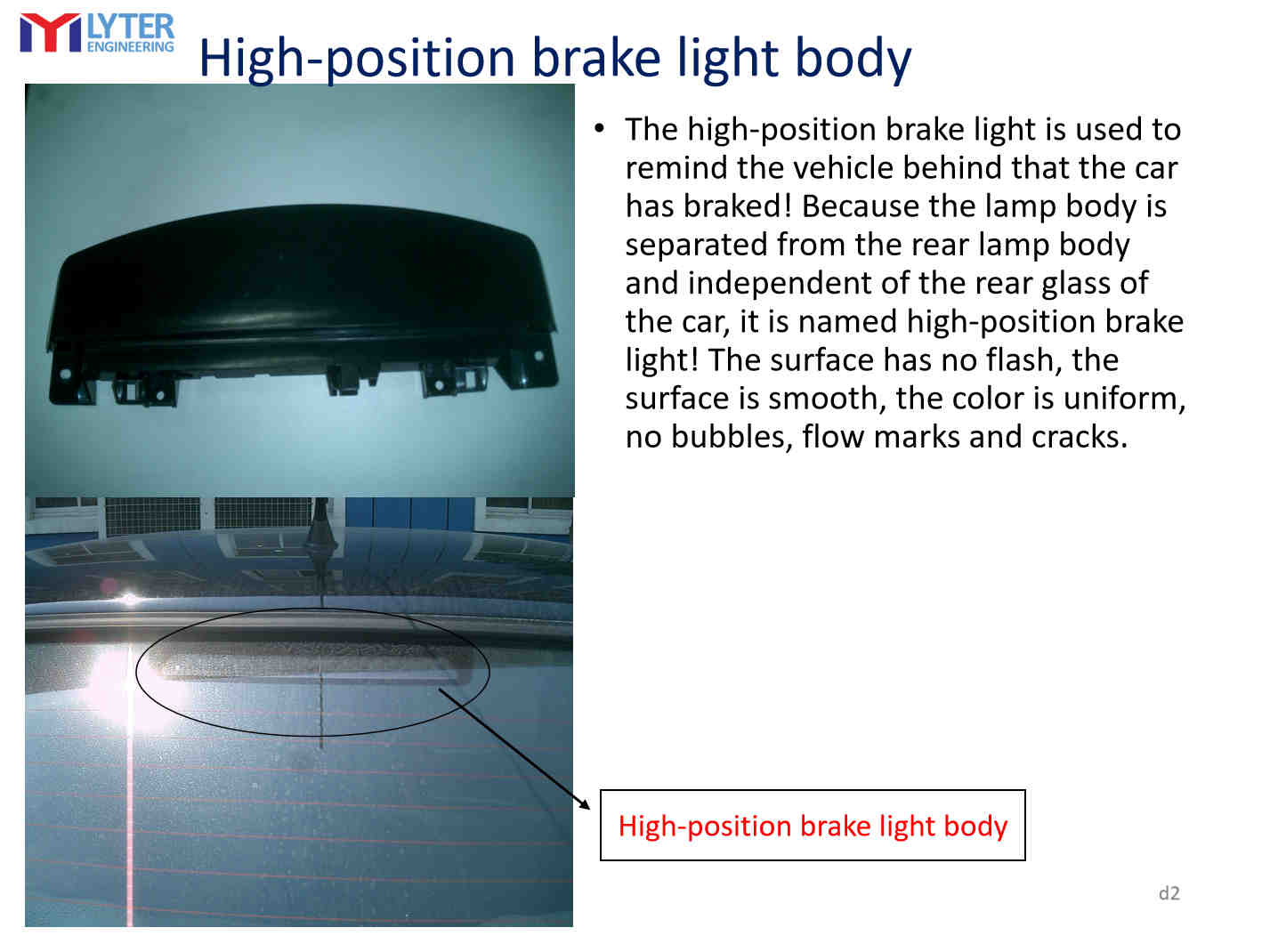
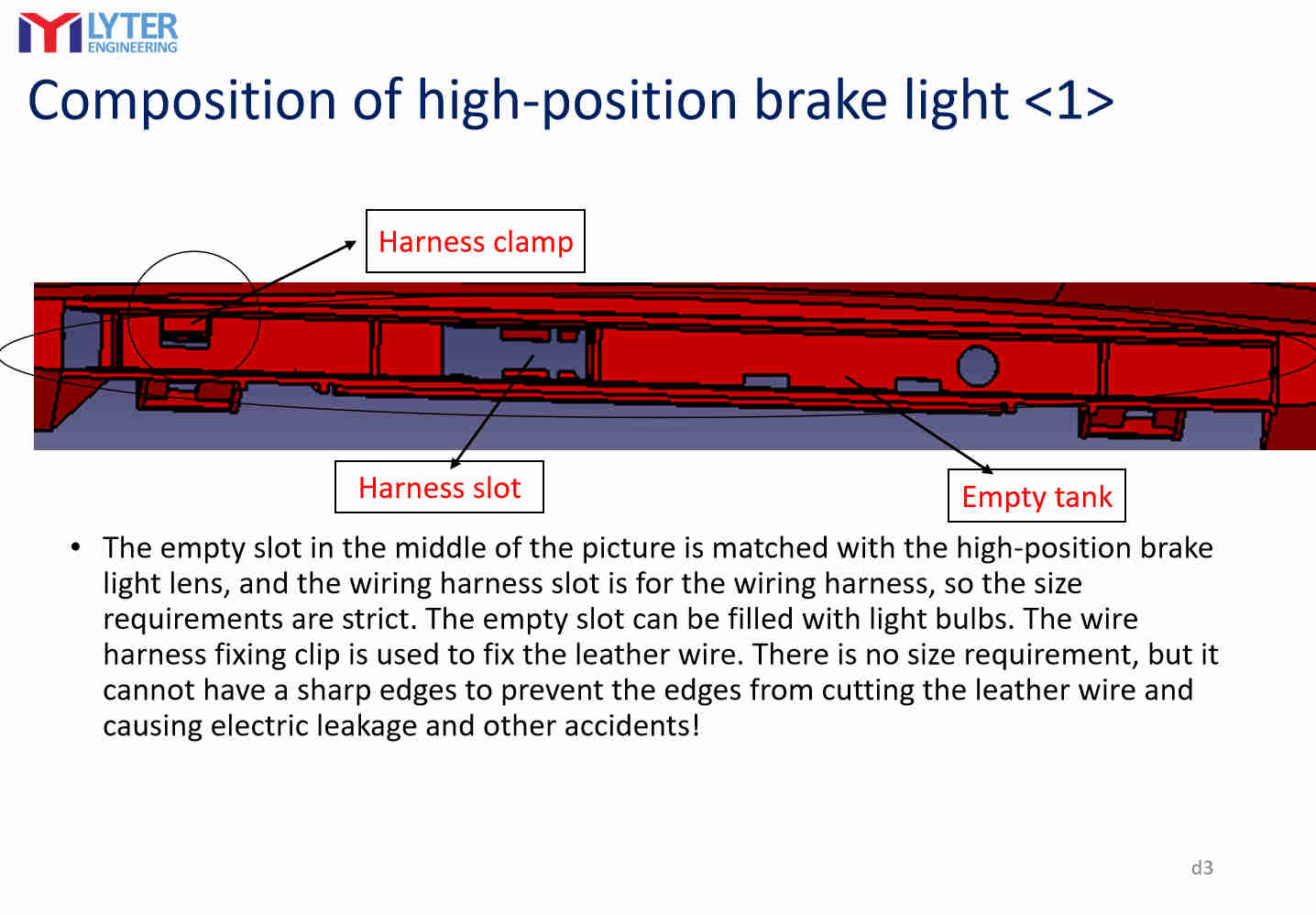
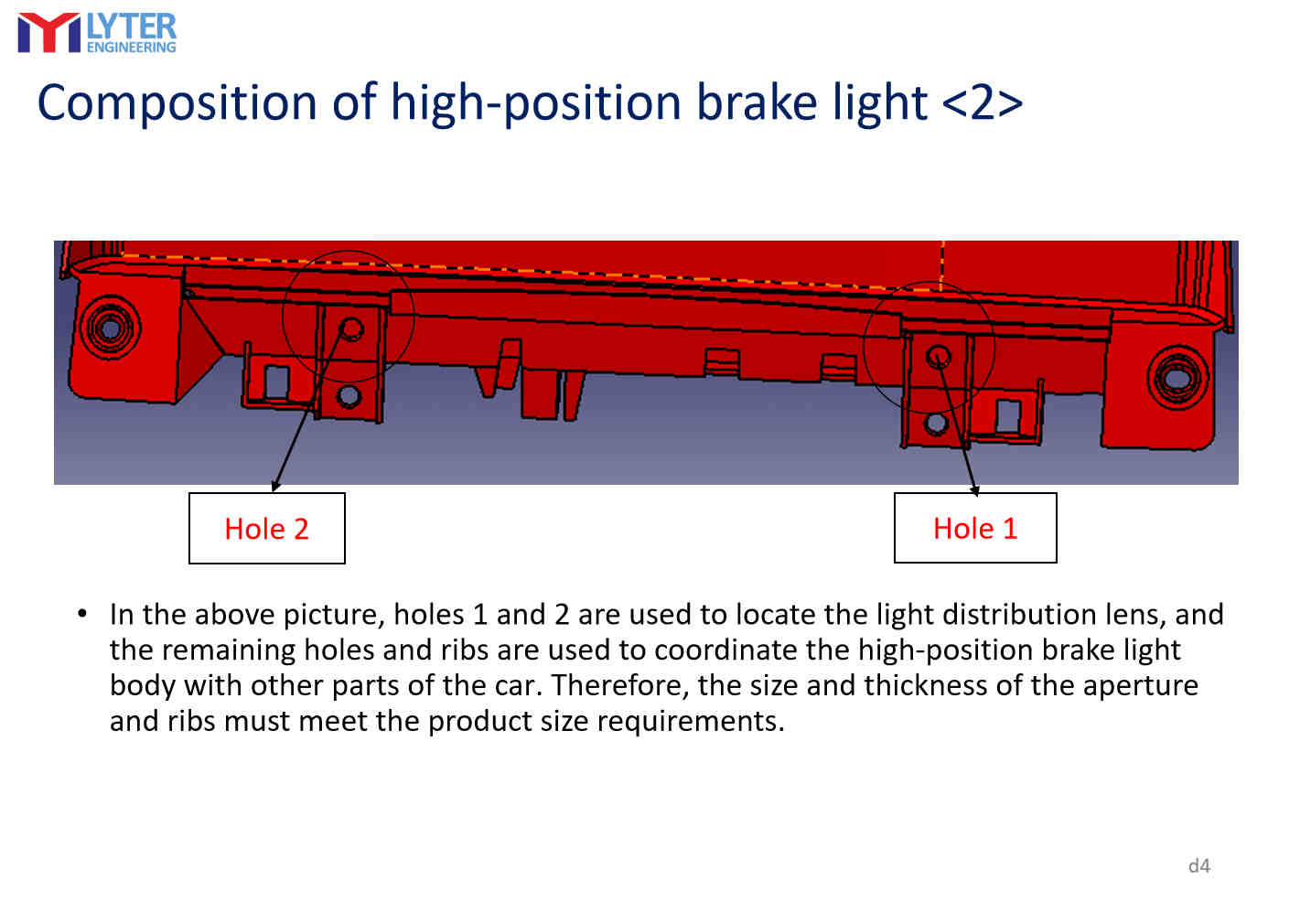
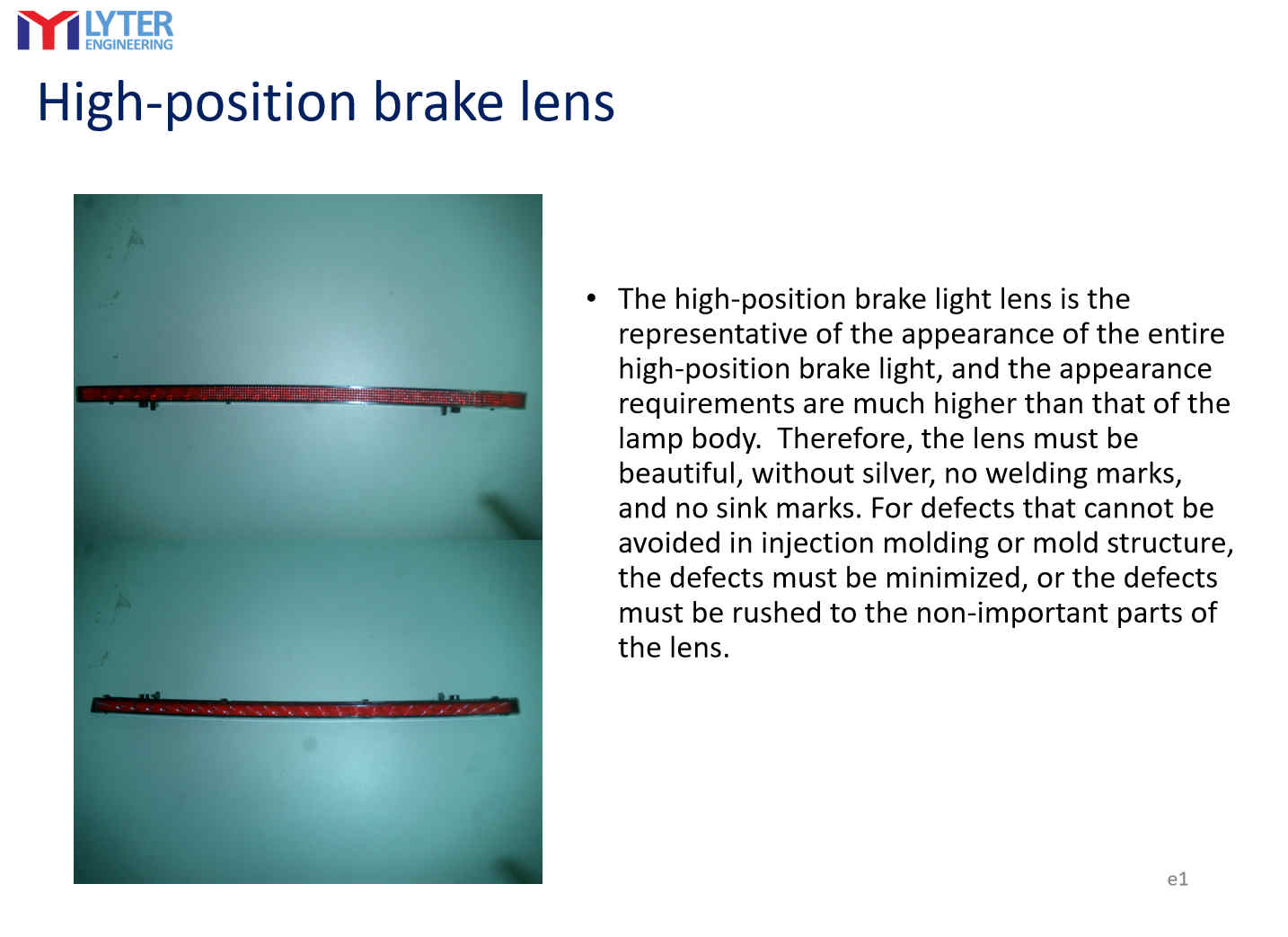
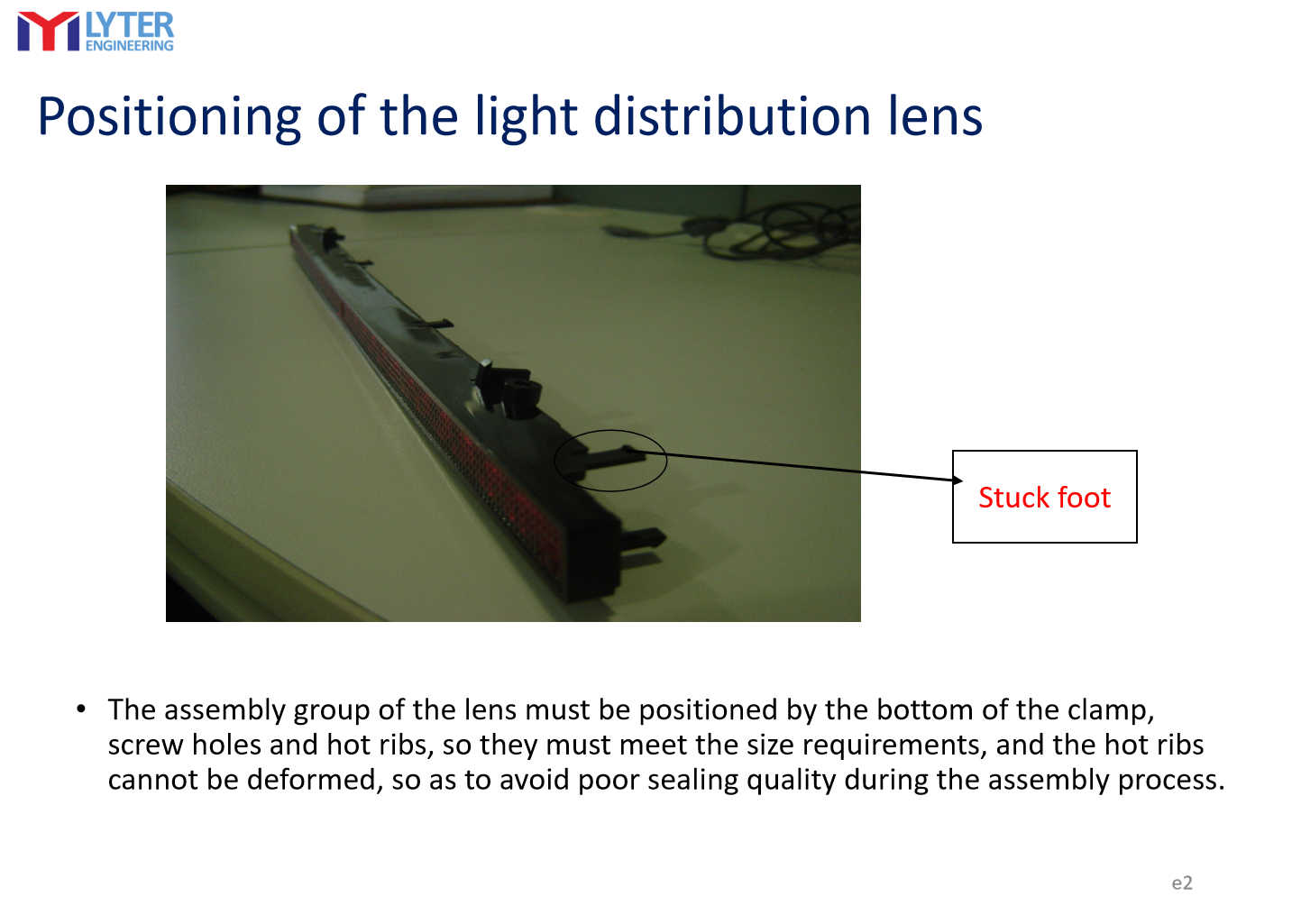
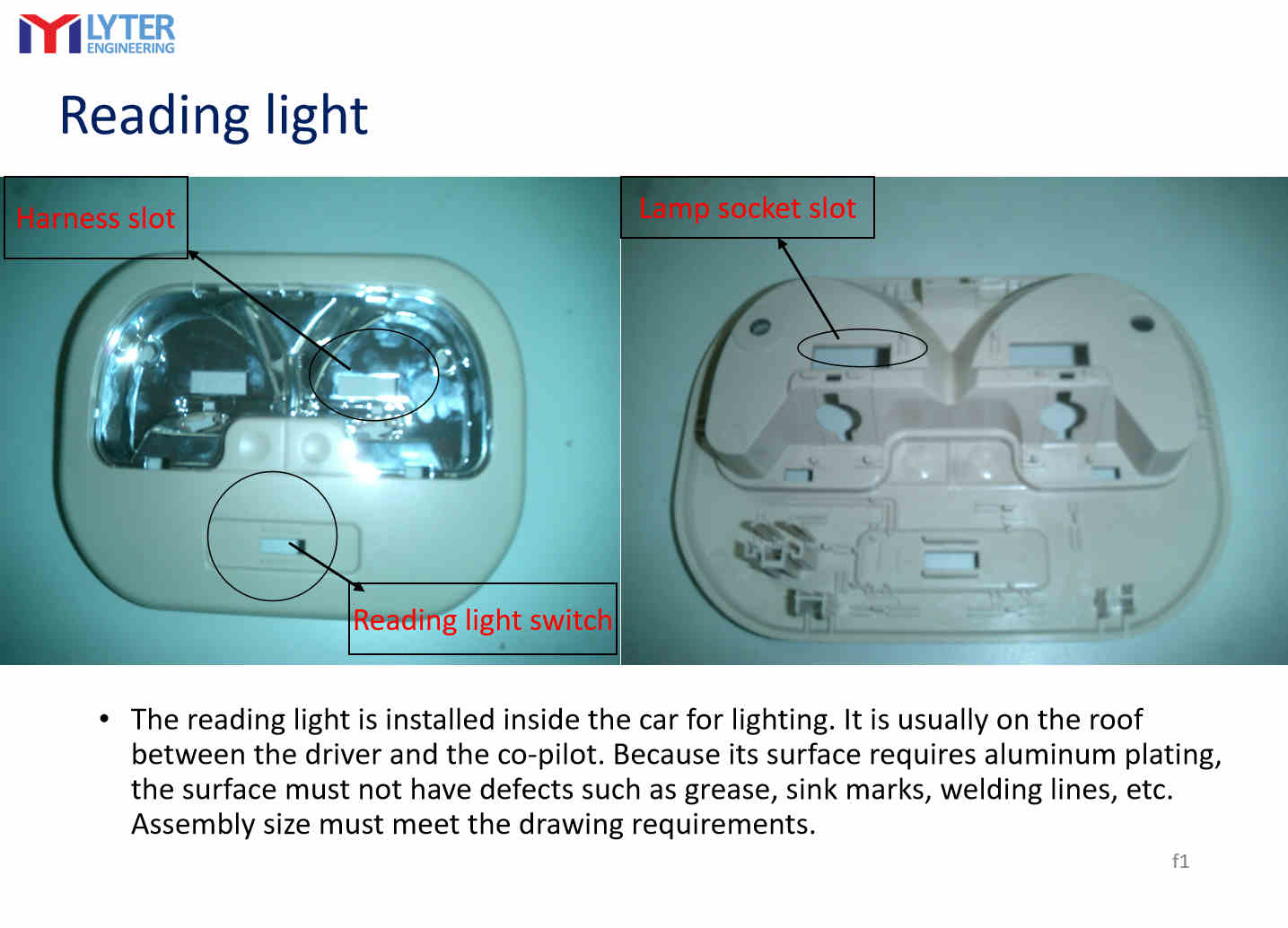
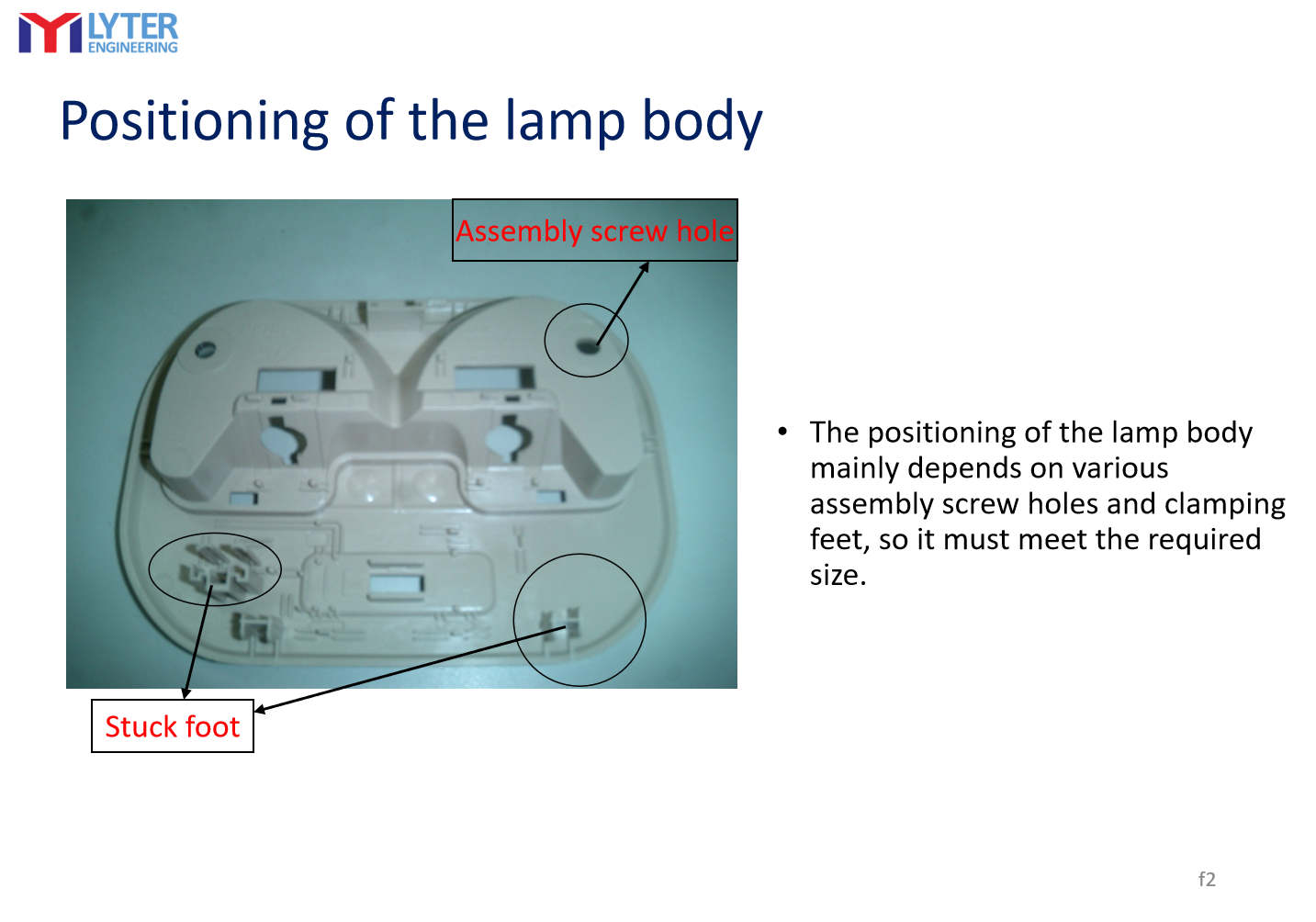
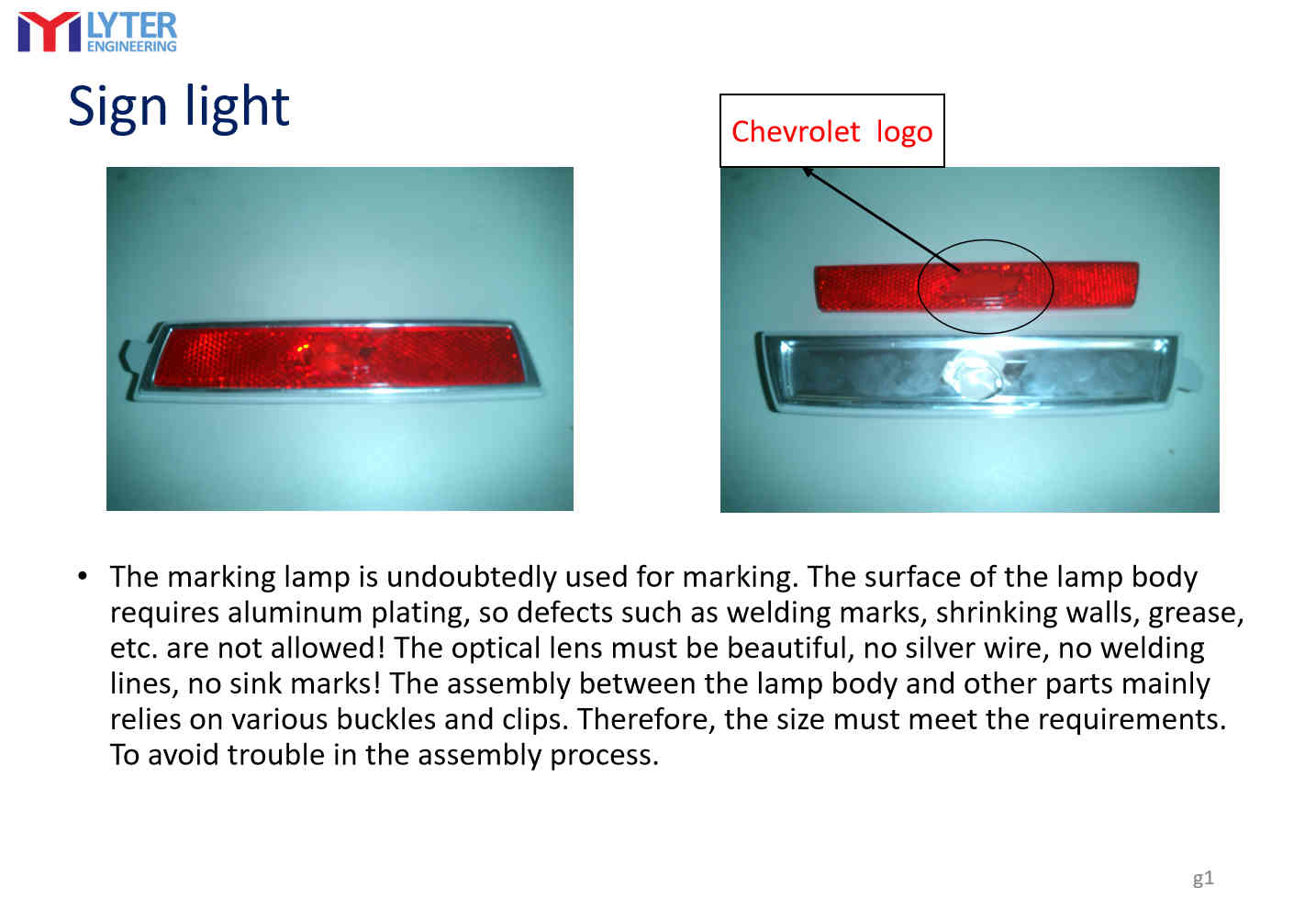
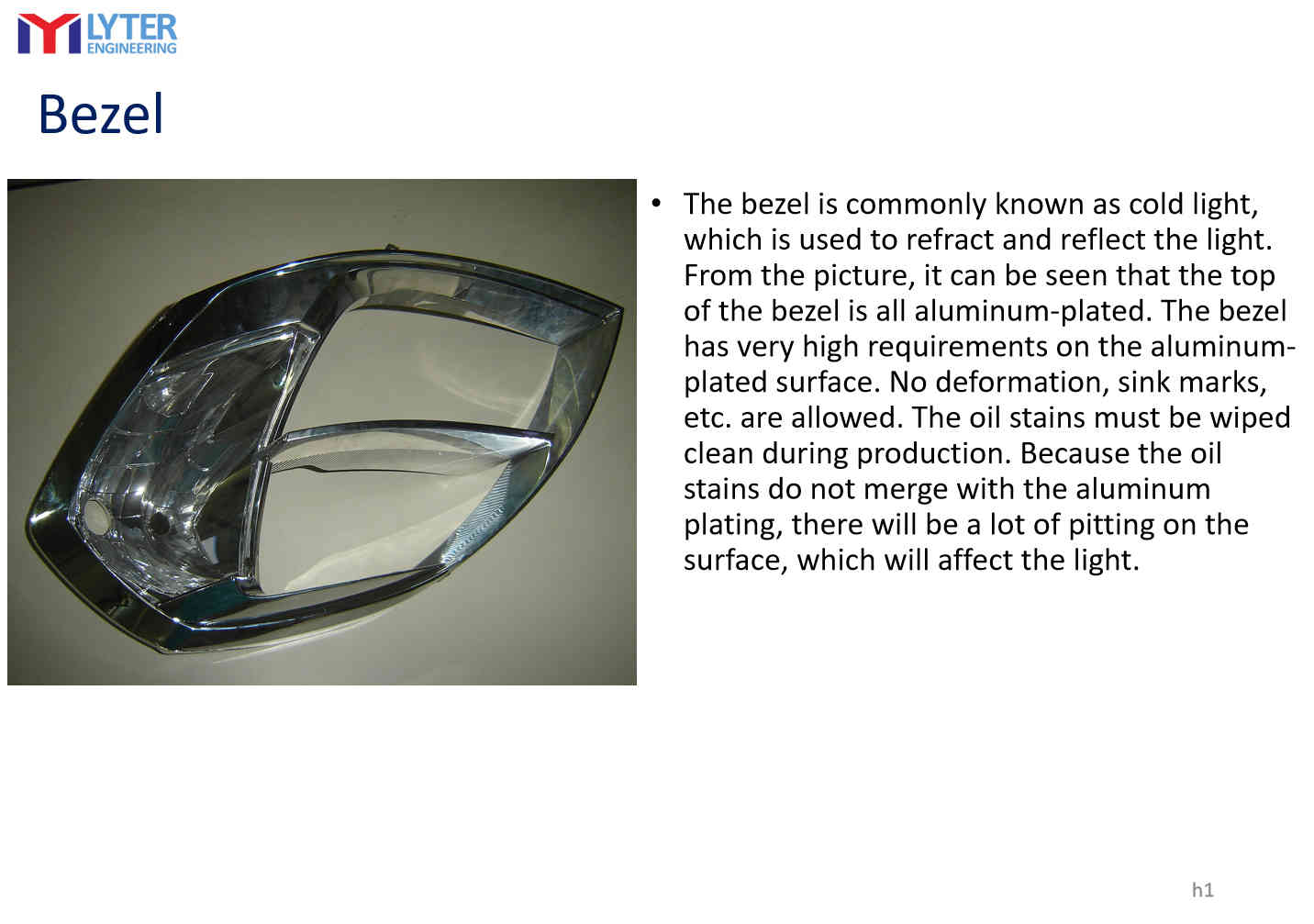
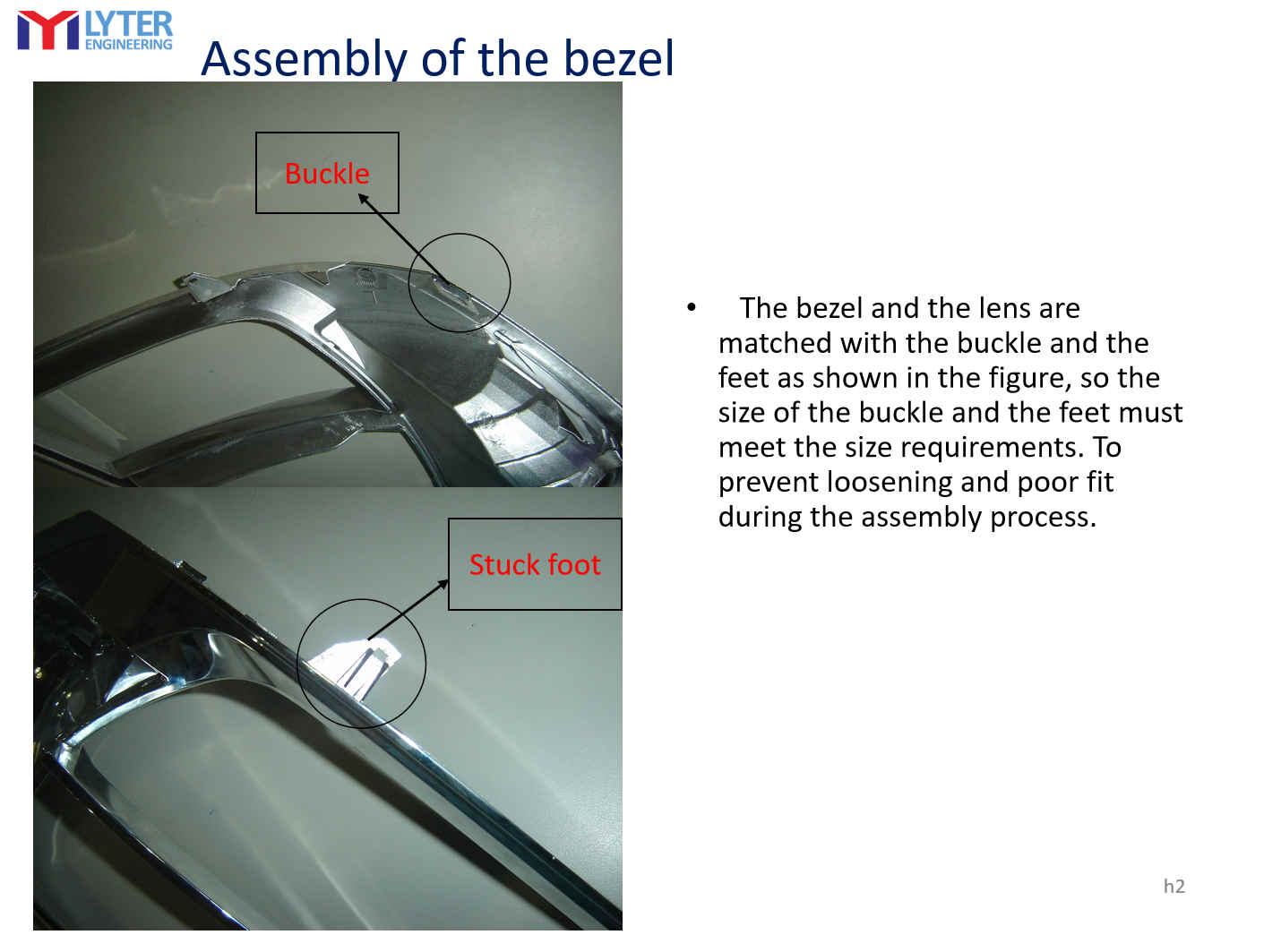
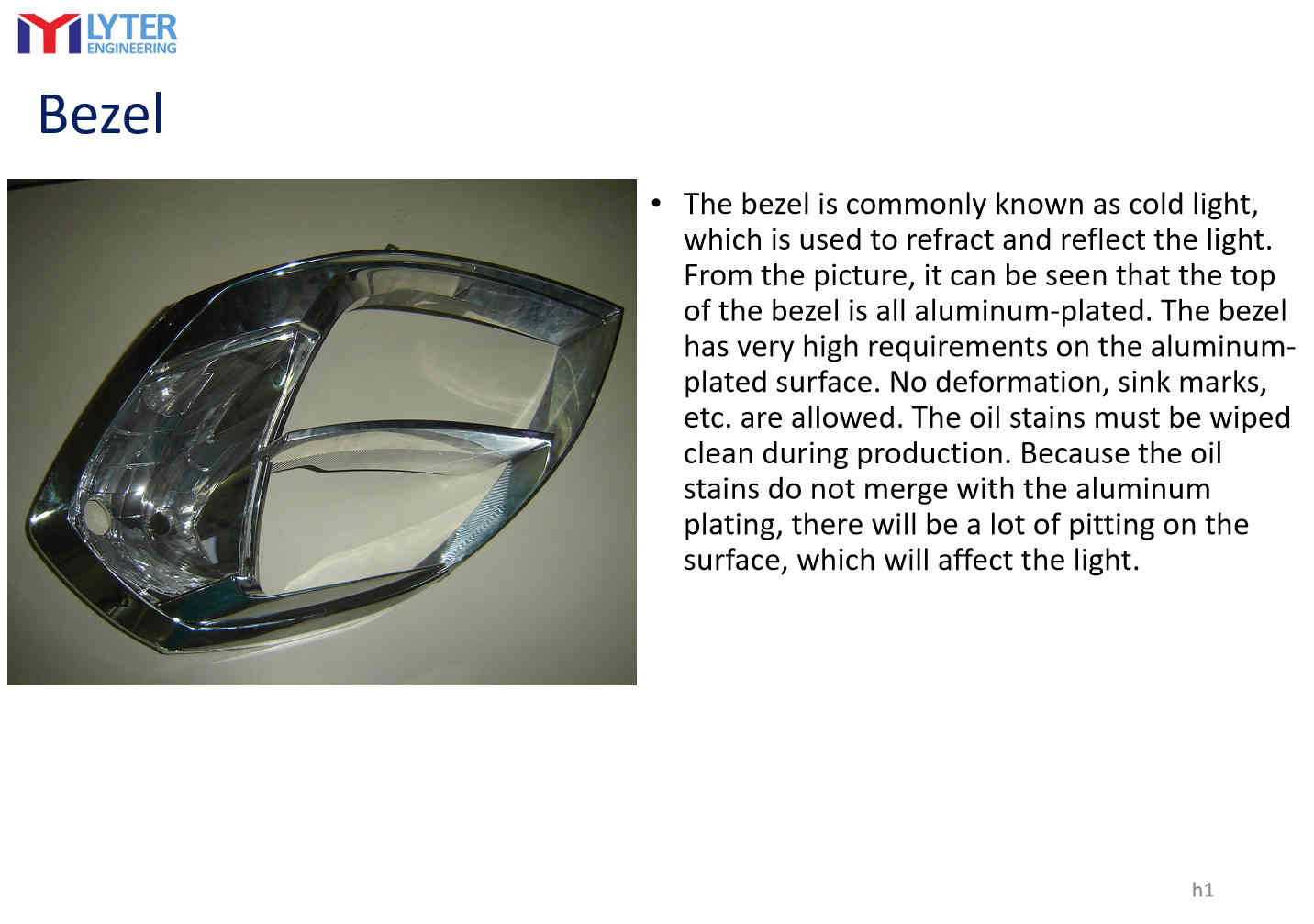
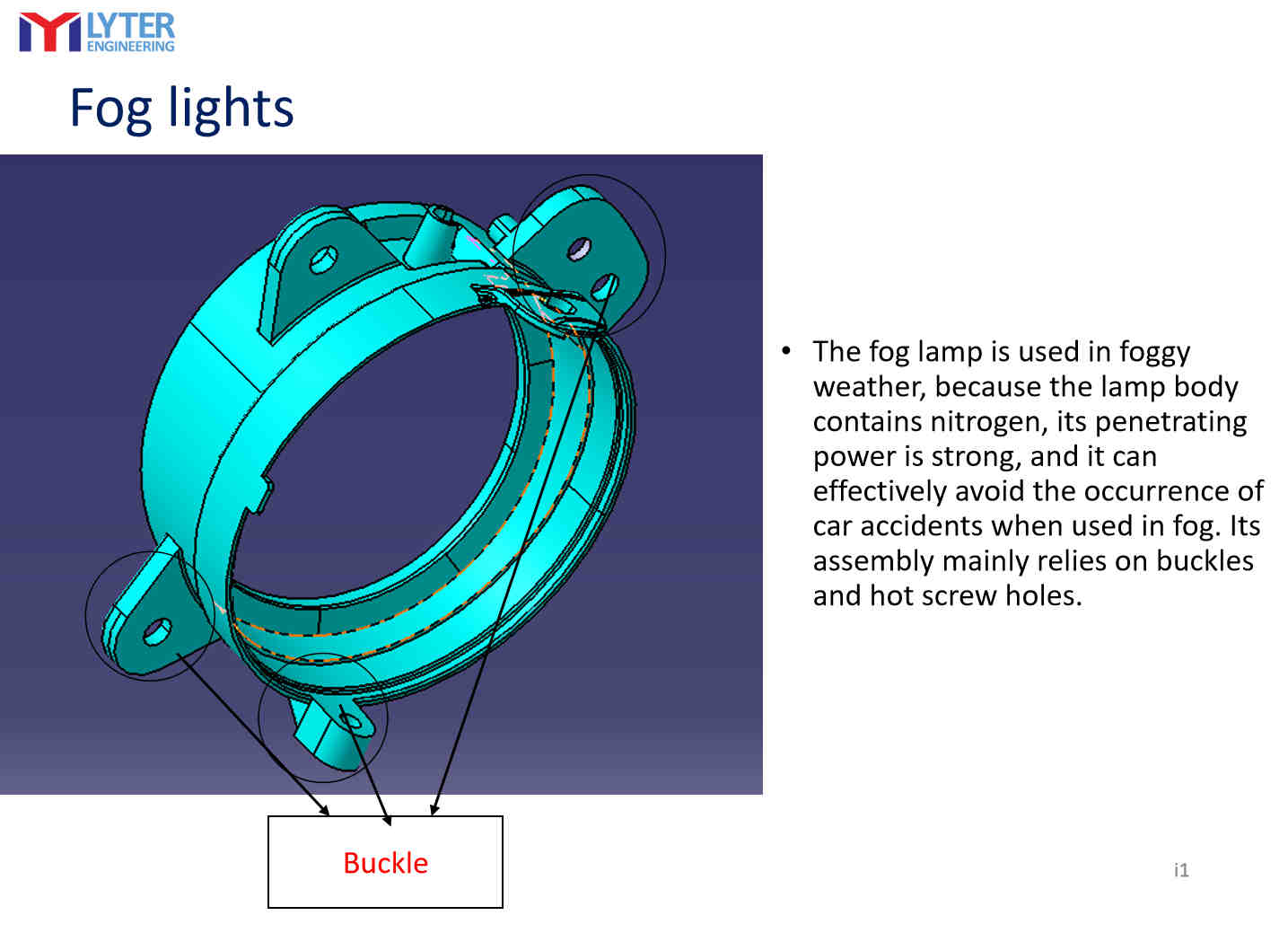
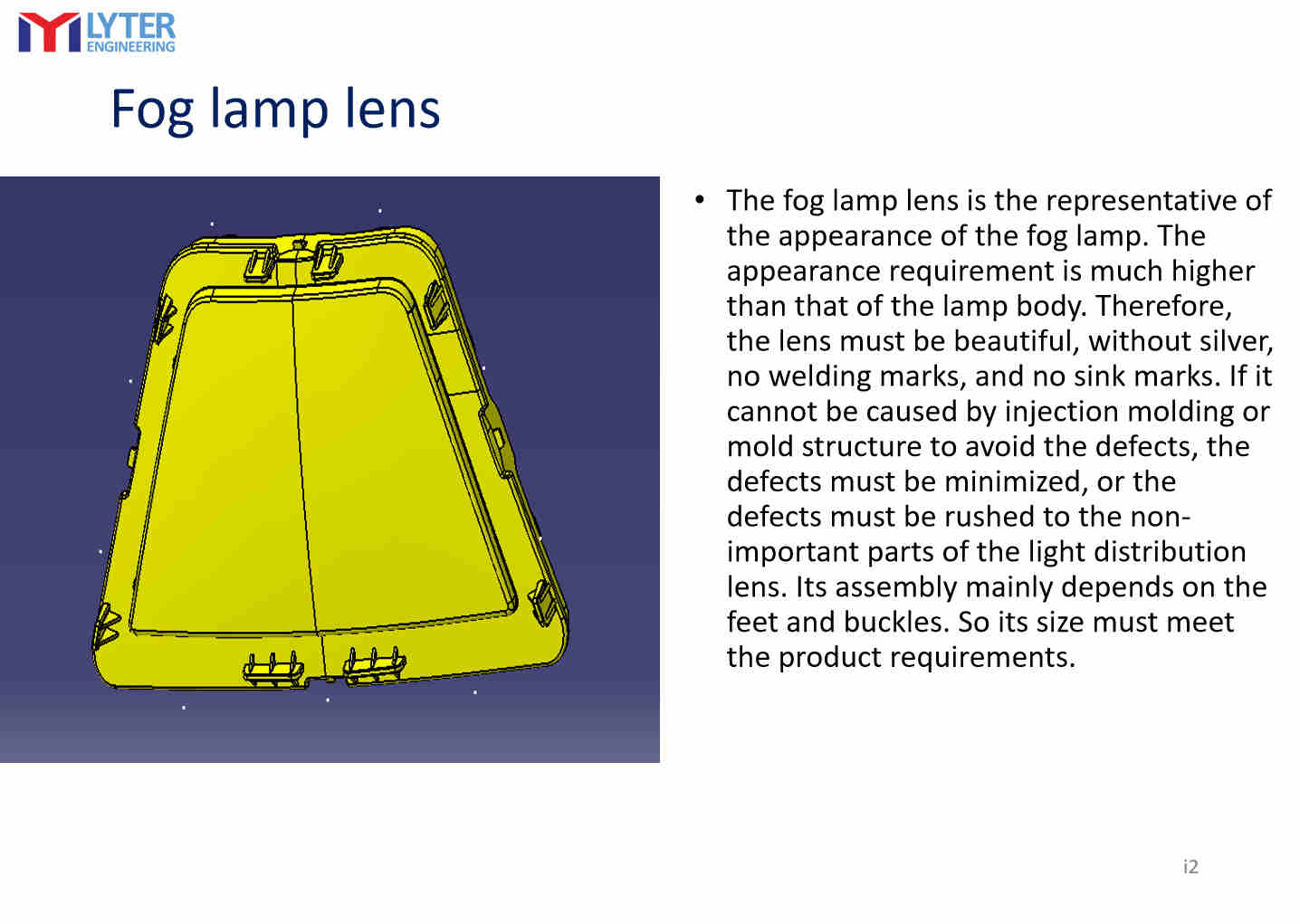
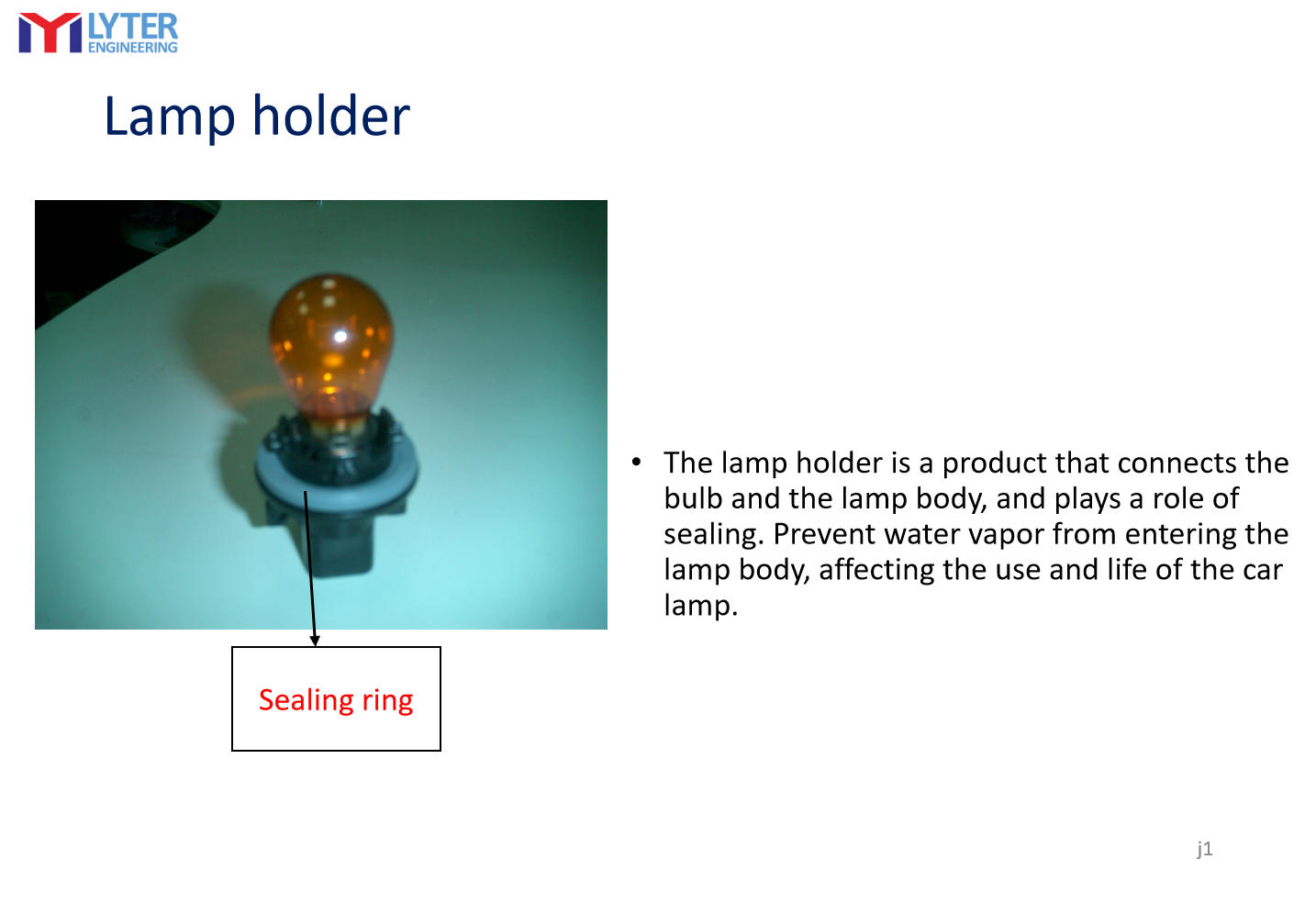
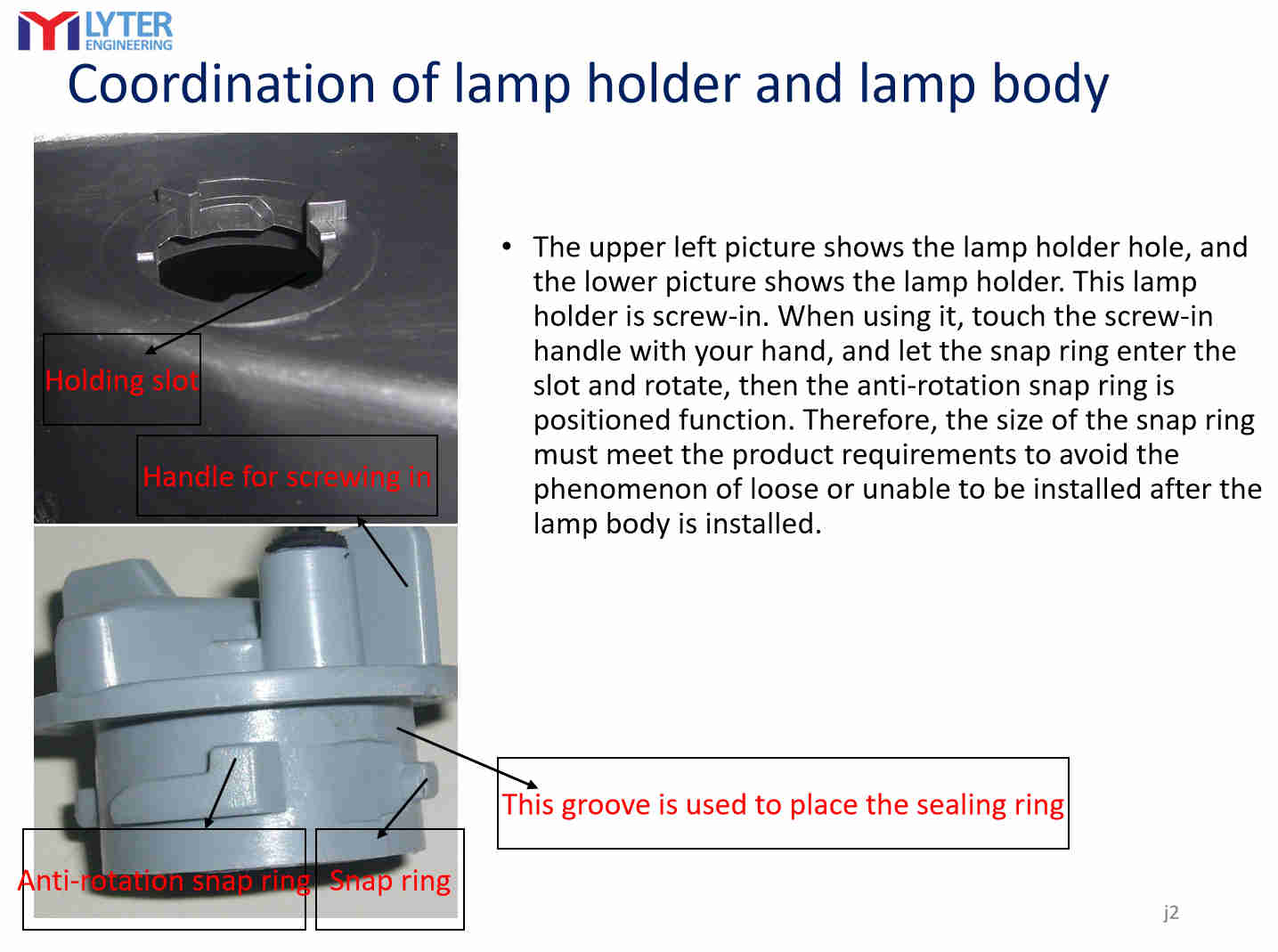
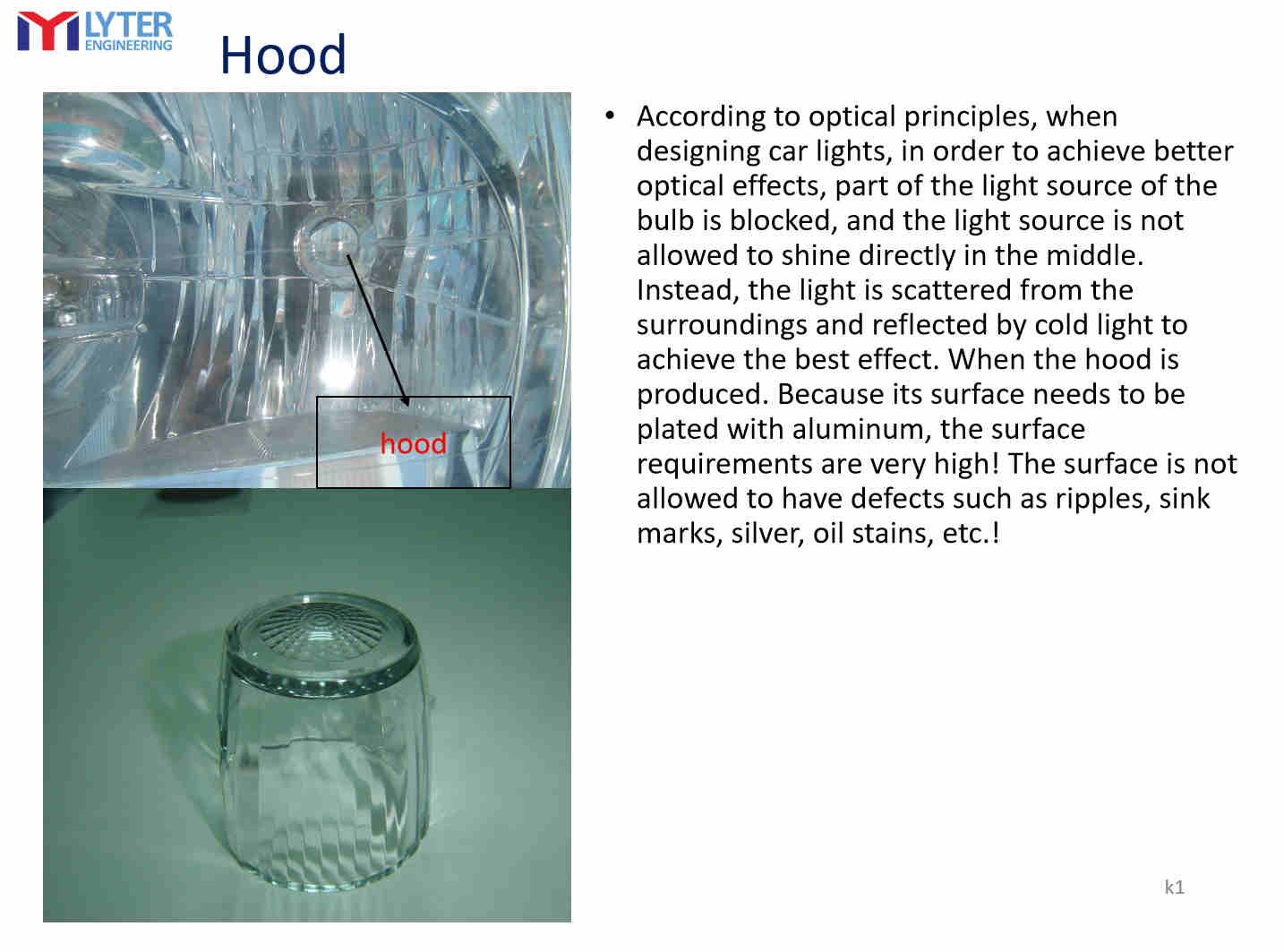
In general, CNC machining is suitable for any kinds of material, like aluminum alloy, brass, copper, steel, plastics, titanium, etc.
Who is your main steel supplier?
LYTER---This depends on customer requirements, for imported steel, we usually use SCHMOLZ+BICKENBACH and GROEDITZ and FLNK. For domestic steel, we always use the best supplier in china, like LKM、FUSHUN.

Who make the polishing? In house or out house?
We have polishing workers in house. But for really higher polishing requirement, for examples, A1 stand polishing, we outsource, The supplier is about 3km away from our company.
© Copyright: 2026 Lyter Engineering Ltd. All Rights Reserved

IPv6 network supported